Exhibition dates: 9th December 2017 – 17th June 2018
Christopher Churchill (American, b. 1977)
Hutterite Classroom, Gildford, MT
2005
Gelatin silver print
Gift of Elisa Fredrickson / Museum of Fine Arts, Boston
Photograph: © Museum of Fine Arts, Boston
It’s hard to get a sense of this exhibition from the media images, therefore difficult to make any constructive comment on the strength of the exhibition.
Apparently, “The exhibition’s gallery feels very domestic. Groups of photos hang on the walls – different sizes, colours, formats and frames – like you’d see in a living room or hallway. MFA curator Karen Haas confirms that evocation is absolutely intentional.
“Photographers from the very beginning have been fascinated by the way that the camera could capture images of loved ones, freeze them in time,” she says. “They form sort of reliquaries of memory, and these sorts of relationships to the objects – that idea of the photograph as a talisman-like object I think has been somewhat forgotten in our contemporary world.” …
Haas’ goal in creating this show is to illustrate how broad and diverse family configurations can be – without defining them. “The families that we’re born into, generational families,” she describes, “but also romantic unions, couples and chosen families – families we have chosen for ourselves.” And that includes the military and the church, Haas says. “I think the family is such a basic social construct – so basic to so many of our lives – that I hope that these kinds of images will really resonate with people.” (Text from Andrea Shea. “Portraits At The MFA Question What Family Looks Like,” on the Wbur website December 20, 2017 [Online] Cited 16/02/2022)
Outsider family, insider family, single parent family, nuclear family, extended family, reconstituted family, childless family, gay family, step family, “family has always taken diverse forms: affluent and destitute, cohesive and fractured, expected and unexpected. Taken together, the photographs challenge visitors to consider what family means to them.”
But what is most important is this: “There is no right or wrong answer when it comes to what is the best type of family structure. As long as a family is filled with love and support for one another, it tends to be successful and thrive. Families need to do what is best for each other and themselves, and that can be achieved in almost any unit.” (Michelle Blessing. “Types of Family Structures,” on the Love to Know website Nd [Online] Cited 16/02/2022)
Families all have secrets, no matter how perfect they may seem to the outside world. Whether it be domestic violence behind closed doors or skeletons in the closet there is always more than meets the eye. And that’s where these photographs of families fail in their representation of the family. That, and the title of the exhibition – (un)expected families – because in the 21st century, nothing should be unexpected. By adding emphasis to the (un), the title merely propagates a form of discrimination, of outsider as different and therefore worthy of abuse because of that very difference. Expected families: we are all human beings and therefore anything is to be expected.
Dr Marcus Bunyan
Many thankx to the Museum of Fine Arts Boston for allowing me to publish the photographs in the posting. Please click on the photographs for a larger version of the image.
Bringing together more than 80 pictures taken by American photographers from the 19th century to today, (un)expected families explores the definition of the American family – from the families we are born into to the ones we have chosen for ourselves. The works on view depict a wide range of relationships, including multiple generations, romantic unions, and alternative family structures. Using archival, vernacular, and fine art photographs, (un)expected families offers a variety of perspectives on the American family, from Dorothea Lange’s depiction of a migrant family at the time of the Dust Bowl to Louie Palu’s portraits of US Marines fighting in Afghanistan. The exhibition illustrates that the family has always taken diverse forms: affluent and destitute, cohesive and fractured, expected and unexpected. Taken together, the photographs challenge visitors to consider what family means to them. (un)expected families features celebrated practitioners like Nan Goldin, Carrie Mae Weems, LaToya Ruby Frazier, and Harry Callahan, as well as a number of renowned Boston-area artists, such as David Hilliard, Nicholas Nixon, Abe Morell, and Sage Sohier.
Lewis W. Hine (American, 1874-1940)
Home Workers, New York
1915
Lewis W. Hine/Museum of Fine Arts, Boston
Dorothea Lange (American, 1895-1965)
Migrant family, Texas
1936
Gelatin silver print
Sophie M. Friedman Fun
Dorothea Lange/Museum of Fine Arts, Boston
Photograph: © Museum of Fine Arts, Boston
Louis Faurer (American, 1916-2001)
Ritz Bar, New York
1947-1948
Estate of Louis Faurer/Museum of Fine Arts, Boston
Duane Michals (American, b. 1932)
When he was young, he could not imagine being old. And now that he is old, he cannot imagine ever having been young
1979
Gelatin silver print
Duane Michals, courtesy of the DC Moore Gallery, New York, and Osmos, New York
Nicholas Nixon (American, b. 1947)
Yazoo City, Mississippi
1979
Gelatin silver contact print
Museum purchase with funds donated by the National Endowment for the Arts and Richard L. Menschel, Bela T. Kalman, Judge and Mrs. Matthew Brown, Mildred S. Lee, and Barbara M. Marshall
© Nicholas Nixon, Courtesy Fraenkel Gallery, San Francisco
Photograph: © Museum of Fine Arts, Boston
Nan Goldin (American, b. 1953)
Jimmy Paulette and Tabboo! in the bathroom, New York
1991
Cibachrome print
Horace W. Goldsmith Foundation Fund for Photography
© Nan Goldin
Photograph: © Museum of Fine Arts, Boston
“I used to think that I could never lose anyone if I photographed them enough. But in fact my pictures show me just how much I’ve lost.” ~ Nan Goldin
Tina Barney (American, b. 1945)
Thanksgiving
1992
Chromogenic print
Contemporary Curator’s Fund, including funds donated by Barbara and Thomas Lee
Tina Barney/Museum of Fine Arts, Boston
© Tina Barney
Photograph: © Museum of Fine Arts, Boston
Sage Sohier (American, b. 1954)
Mum in her bathtub, Washington, D.C.
2002
Inkjet print
Living New England Artists Purchase Fund, created by the Stephen and Sybil Stone Foundation
Courtesy Museum of Fine Arts, Boston
Nicholas Nixon (American, b. 1947)
Tammy Hindle
2006
Digital inkjet print
Gift of James N. Krebs
© Nicholas Nixon, Courtesy Fraenkel Gallery, San Francisco
Photograph: © Museum of Fine Arts, Boston
Julie Mack (American, b. 1982)
Self-portrait (Julie) with family in SUV, Michigan
2007
Chromogenic print
James N. Krebs Purchase Fund for 21st Century Photography
© Julie Mack. Courtesy Laurence Miller Gallery, New York
Photograph: © Museum of Fine Arts, Boston
David Hilliard (America, b. 1964)
Rock Bottom
2008
Panorama Construction
Rock Bottom features, in the left panel, a close up sharp focus portrait of Hilliard’s father standing in a lake, with a severe and harsh facial expression, yet vulnerably placing his hands on his chest between his two sailor swallow’s tattoos. In the right panel, Hilliard himself appears somewhat further from the camera. With a gentler facial expression, the photographer contrasts with his tense patriarchal figure, but features a similar hairy chest and matching tattoos – giving the viewer a hint on the subject’s father-son relationship. The middle panel is exclusive for environmental portraiture and the creation of meaning in the composition: a sunny day at the lake, where the blue skies and soft clouds perfectly reflect on the water and separate the subject matters. The real meaning of the juxtaposition relies on the knowledge of Hilliard’s personal life and the presence of the middle panel: although the father accept his son’s homosexuality, the issue has clearly been a source of tension between them, creating both emotional and physical distance between the subject matters. Represented by the central panel, a stunning view divides the two generations both visually and metaphorically, symbolising the idea of emotional distance in an atypical form.
Like most of Hilliard’s photographs, Rock Bottom exposes how physical distance is often manipulated to represent emotional distance. The presence of the middle panel, exclusively dedicated to environmental portraiture and the emphasis on the importance of our surroundings, also suggests the emotional distance between the subjects. The lack of elements and presence of great depth of field of the center panel insinuates that, regardless of the level of intimacy between the subject matters – distance is always palpable.
Marina Pedrosa. “David Hilliard: Building Meaning Through Composition,” on the medium website [Online] Cited 22/08/2018. No longer available online
Julie Blackmon (American, b. 1966)
Baby Toss
2009
Elizabeth and Michael Marcus
Courtesy, Museum of Fine Arts, Boston
Photograph: © Museum of Fine Arts, Boston
LaToya Ruby Frazier (American, b. 1982)
Mom
2008
Gelatin silver print
From “The Notion of Family” (Aperture, 2014)
Photograph: © Museum of Fine Arts, Boston
Caleb Cole (American, b. 1981)
The Big Sister
2012
From the series Odd One Out (2010-Present)
Archival pigment print
49 × 68cm (19 5/16 × 26 3/4 in.)
Museum purchase with funds donated by James N. Krebs
Bringing together more than 80 pictures taken by photographers from the 19th century to today, (un)expected families at the Museum of Fine Arts, Boston (MFA), explores the definition of the American family – from the families we’re born into to the ones we’ve chosen. The photographs in the exhibition, on view from December 9, 2017 through June 17, 2018, depict a wide range of relationships – multiple generations, romantic unions and alternative family structures – whether connected by DNA, shared life experiences, common interests or even a social media network. Encompassing both carefully staged portraits and serendipitous snapshots, the selection of vernacular, documentary and fine art photographs in (un)expected families illustrates that the concept of family has long taken many forms – a subject that has fascinated photographers since the invention of the camera – and challenges visitors to consider what family means to them. Drawn primarily from the MFA’s holdings, the exhibition includes photographs by celebrated artists such as Nan Goldin, Gordon Parks, Nicholas Nixon, Sally Mann, Diane Arbus, Tina Barney, Emmet Gowin and Bruce Davidson. Loans from private collections include Victorian-era “hidden mother” photographs of children and turn-of-the-century portraits of women in intimate relationships sometimes referred to as “Boston marriages.” Additionally, (un)expected families highlights many New England photographers whose work centers on familial relationships, debuting eight photographs – acquired specifically for the exhibition – by Zoe Perry-Wood, Arno Rafael Minkkinen, Amber Tourlentes, Caleb Cole, Tanja Hollander, David Hilliard and Jeannie Simms. An interactive component of (un)expected families invites visitors to share thoughts about their own families on response cards. A selection will be displayed in the gallery on a rotating basis, and all will be archived as part of the permanent exhibition record. Additionally, a free family guide engages children with close looking and drawing activities. The exhibition is generously supported by an anonymous donor.
“Almost as soon as exposure times became short enough to make portraiture feasible, photographers have been drawn to capture likenesses of loved ones. Perhaps that power to freeze a moment in time is what explains why family photographs are so often described as the first thing one would save from a burning building,” said Karen Haas, Lane Curator of Photographs. “I find it particularly fascinating that there seems to be a growing interest among contemporary photographers to focus on families in their work – even as with the rise of smartphones and social media, our own personal pictures are increasingly relegated to the ether, rarely experienced as tangible objects.”
The images presented in (un)expected families span 150 years. Among the oldest pictures are photographs of “hidden mothers” (1860s-1870s), depicting infants in the laps of concealed adults – a trick to keep the children still during long sittings or exposures. The mothers or nursemaids were draped with scarves or blankets, or hidden behind furniture or painted backdrops. Similarly, the contemporary photograph Nayla, Ted, Alexandra, Nick, March 30, 1995 (1995) by Cambridge-based Elsa Dorfman (born 1937) focuses solely on the children. While names of the parents are among those handwritten on the bottom of the large-scale Polaroid, only their legs are visible in the composition. Another contemporary photograph juxtaposed with the Victorian-era “hidden mothers,” which were made during a period of high infant mortality rates, is Tammy Hindle (2006) by Nicholas Nixon (born 1947). Part of Nixon’s series documenting a family’s heartbreaking loss of a child, the image shows the mother, Tammy, carrying a portrait of the baby, Claire, to the funeral service, their bodies appearing to magically merge in the reflection within the picture frame.
Father-and-son relationships are explored in images by Dawoud Bey (born 1953), Duane Michals (born 1932) and Jim Goldberg (born 1953), all of which incorporate texts that amplify the moving and often painful stories behind the images, as well as recently acquired photographs by David Hilliard (born 1964) and Arno Rafael Minkkinen (born 1945). Hilliard’s triptych Rock Bottom (2008) is one of an extended series of panoramic photographs that trace the shifting narrative of the gay artist’s complicated relationship with his father. The beautifully choreographed self-portrait visually links the two men, unmistakably related to each other and sporting identical swallow tattoos, across a serene expanse of lake. Minkkinen’s 31-12-86, Self-Portrait with Daniel, Andover (1986), recently gifted to the MFA by the artist, is one of a little-known series of portraits that he took of his son Daniel as the boy grew and matured from infancy to adolescence. The photograph shows Daniel sitting on a bed, bathed in raking light and looking directly at his father’s large-format camera. With his head hidden from view, Minkkinen’s outstretched arms perfectly echo the curve of the headboard and create a haunting embrace that speaks to a parent’s deep-seated desire to encircle and protect a child.
Seventeen photographs representing multiple generations of a family are arranged in a salon-style hang, ranging from intimate depictions of parents with children, such as Baby Toss (2009) by Julie Blackmon (born 1966); to pairs of siblings, such as Twins at WDIA, Memphis (about 1948) by Ernest C. Withers (1922–2007); to a 1925 panorama capturing an extended family reunion encompassing about 200 people. The display also features recently acquired photographs by Sage Sohier (born 1954) and Jeannie Simms (born 1967). Sohier’s Mum in her bathtub, D.C. (2002) is from an extended series devoted to her mother, a former fashion model who had posed for Richard Avedon and Irving Penn in the 1940s. Simms’ Arnie, Susan & Elijah, Jamaica Plain, MA (2015) is from a series documenting the lives of couples married in Cambridge after Massachusetts became the first U.S. state to issue same-sex marriage licenses on May 17, 2004.
Recently acquired works by Amber Tourlentes (born 1970), Zoe Perry-Wood (born 1959) and Jess Dugan (born 1986) also document the experience of LGBTQ couples, families and individuals. Tourlentes has regularly made LGBTQ family portraits on the Town Hall stage in Provincetown, Massachusetts, during its annual Family Week, sometimes revisiting the same subjects over the course of several years. Perry-Wood has spent the last decade photographing another annual event, the Boston Alliance of Gay and Lesbian Youth (BAGLY) Prom, which offers a safe and celebratory occasion for young couples – an alternative to more traditional high-school proms. Allowing her subjects to pose in front of the camera in a studio-like setting, as seen in José and Luis (2015), Perry-Wood helps to give them a sense of personal agency and collective pride at a pivotal moment in their lives. Unlike Tourlentes and Perry-Wood, Dugan photographs her subjects – friends within the LGBTQ community – in natural light and the privacy of their own living spaces, exploring issues of gender, identity and social connection through large-format portraits such as Devotion, from the series Every Breath We Drew (2012).
With the invention of the small and affordable Kodak camera in the late 19th century, followed by the instant camera in the 1940s, many Americans no longer felt the need to visit formal portrait studios in order to record their personal lives. Among the casual snapshots featured in (un)expected families are Polaroids of Caroline Kennedy and her cousin Tina Radziwill, taken by Andy Warhol (1928-1987) in the summer of 1972 and exhibited at the MFA for the first time. The artist – along with filmmaker Jonas Mekas and photographer Peter Beard – was hired by Jacqueline Kennedy Onassis to teach the children filmmaking and photography. Also on view are an album of photographs commemorating a fraternity at Baker University in Kansas (1910s) and six snapshots depicting “Boston marriages” (1920s-1930s) – a turn-of-the-century term used to describe two women living together without the support of a man – romantic relationships in some cases and simply platonic partnerships in others.
Several groupings in the exhibition are centered on places of family life. Working roughly 50 years apart, one on New York’s Lower East Side and the other in Harlem, Lewis Hine (1874-1940) and Bruce Davidson (born 1933) both found the kitchen table an ideal site for their documentary photographs of tenement families in New York City. The groundbreaking Kitchen Table series (1990) by Carrie Mae Weems (born 1953) – featuring the photographer herself as the central figure, alongside lovers, children and friends – speaks to all those who have loved, quarrelled and come together around a communal table. Similarly, Tina Barney (born 1945) often acts as both guide and participant in her photographs – including Thanksgiving (1992) – which portray complex family moments in the wealthy East Coast social scene that she grew up in. In another selection of photographs by Julie Mack (born 1982), Mary Ellen Mark (1940-2015) and Dorothea Lange (1895-1965), the car is shown as a setting for a contemporary family self-portrait, a shelter for a homeless family in Los Angeles, and a vehicle for escape for migrant farm workers and their families during the Dust Bowl.
Alongside biologically related families and romantic unions, the exhibition highlights bonds among close-knit communities – “chosen families” – often documented by photographers embedded within the groups. Louie Palu (born 1968) spent several years covering the conflict in Afghanistan, producing portraits of U.S. Marines that capture the terrible toll of war etched on their faces and reflected in their eyes. Danny Lyon (born 1942) was a student at the University of Chicago when he first befriended members of the Chicago Outlaws, a notorious motorcycle club. For a number of years, he documented the individual gang members, their families and friends, as well as races, meetings, social gatherings, rides throughout the Midwest and even their funerals. Nan Goldin (born 1953) uses her camera as a form of diary to record the lives of friends, whom she considers a surrogate family. In Jimmy Paulette and Tabboo! in the bathroom, NYC (1991), Goldin represents two drag queens in New York City’s East Village, working in her characteristically direct, snapshot-like style. For the artist, who has lost many in her circle to HIV-AIDS, such images form tangible records of powerful human connections in fragile times.
Ethel Shariff in Chicago (1963) by Gordon Parks (1912-2006) and Hutterite Classroom, Gilford, MT (2005) by Christopher Churchill (born 1977) are among the photographs depicting religious communities. Ethel Shariff, the eldest daughter of longtime Nation of Islam head Elijah Mohammed, stands at the apex of Parks’ group portrait, surrounded by fellow members of the organisation’s women’s corps. Churchill’s photograph is from a series of pictures on the theme of American faith – a project he undertook in the years just after 9/11. Traveling across the country, he visited various sacred landscapes, places of worship and religious communities including the Hutterites, a branch of the Anabaptists who trace their beginnings back to the Protestant Reformation. For Churchill, the series became an exploration into the very basic human need to be connected to something greater than ourselves. Similarly, Tanja Hollander (born 1972) traveled all over the world – across the U.S. and Europe, but also as far away as Kuala Lumpur and New Zealand – for five years, tracking down all of her hundreds of Facebook friends and making portraits of them set in their own homes. Shot with an iPhone or a simple point-and-shoot camera, these intimate pictures – two of which were acquired for the exhibition – present a fascinating commentary on the role of social media and interpersonal relationships in the 21st century.
Additional highlights of (un)expected families include photographs in a variety of formats. Caleb Cole (born 1981) is a local photographer particularly fascinated by the dynamics of family photographs found at estate sales and flea markets in which one of the subjects – in contrast to the rest of the smiling faces – appears especially sad or downcast. Cole digitally alters these vernacular images to isolate the single, lonely figure, all the while maintaining the shapes of the remaining sitters so that the “odd one out” is set off against the blank, white expanse of the group. In The Big Sister (2012), a recent acquisition, a young girl whose parents have just introduced her to a new baby looks dejectedly off into space as if desperately wishing she could return to her former status as an only child. Digital projections from the series To Majority Minority (2014-2015) by Annu Palakunnathu Matthew (born 1964) are also based on found snapshots, sourced from photo albums of immigrant families that have come to the U.S. from all over the world. Working with the owners of these albums, Matthew digitises the images and then recreates the figures and their poses using contemporary family members in place of the original sitters. By presenting them as projections that seamlessly flow from one generation into another, the artist measures the passage of time through the faces of subsequent generations, and the accompanying texts tell stories inspired by the treasured photographs of their ancestors.
Press release from Museum of Fine Arts, Boston
Photographer unknown (American)
Untitled (Hidden Mother)
c. 1860s-1870s
Hand-coloured tintype
Collection of Lee Marks and John C. DePrez, Jr., Shelbyville, Indiana
Museum of Fine Arts, Boston
Photograph: © Museum of Fine Arts, Boston
Elaine Mayes (American, b. 1936)
Group Portrait, Haight-Ashbury, San Francisco
c. 1970
Elaine Mayes/Museum of Fine Arts, Boston
Ernest C. Withers (American, 1922-2007)
Twins at WDIA, Memphis
about 1948
Gelatin silver print
Sophie M. Friedman Fund / Museum of Fine Arts, Boston
Photograph: © Museum of Fine Arts, Boston
Consuelo Kanaga (American, 1894-1978)
She is a Tree of Life to Them
1950
Gelatin silver print
Lucy Dalbiac Luard Fund
Consuelo Kanaga/Museum of Fine Arts, Boston
Photograph: © Museum of Fine Arts, Boston
Gordon Parks (American, 1912-2006)
Ethel Shariff in Chicago
1963
Gelatin silver print
Gift of Gus and Arlette Kayafas in honor of Karen E. Haas / Museum of Fine Arts, Boston
Photograph: © Museum of Fine Arts, Boston
Roswell Angier (American, b. 1940)
Mr. and Mrs. Steve Mills, Pilgrim Theatre, Boston
1973
Gelatin silver print
Polaroid Foundation Purchase Fund, reproduced with permission / Museum of Fine Arts, Boston
Photograph: © Museum of Fine Arts, Boston
Jock Sturges (American, b. 1947)
Misty Dawn and Alisa, Northern California
1989
Gelatin silver print
Gift of Elizabeth Lea
© Jock Sturges
Photograph: © Museum of Fine Arts, Boston
Milton Rogovin (American, 1909-2011)
Felix and his Wife, Buffalo
1992
From the series Lower West Side Revisited
Gelatin silver print
Gift of Denise Jarvinen and Pierre Cremieux
© Milton Rogovin, Copyright 1952-2002 / Museum of Fine Arts, Boston
Photograph: © Museum of Fine Arts, Boston
Louie Palu (Canadian, b. 1968)
U.S. Marine Gysgt. Carlos “OJ” Orjuela, age 31. Garmsir, Helmand, Afghanistan
2008
Inkjet print
Museum purchase with funds donated in honour of Linda and Alex Beavers
Louie Palu/Museum of Fine Arts, Boston
Photograph: © Museum of Fine Arts, Boston
And then there’s Louie Palu’s black and white portraits of Marines. These are some of the few single-person portraits among images of families or groups. Paired with a group photo, there is an initial sense of loneliness. But isolate the image and it’s a different story.
“In the military, you arrive alone and leave the military alone but live on a battlefield as part of a close group of people who will do everything to support you and are willing to risk their life to save yours,” he said. “When you are a soldier, your comrades can define a life-changing experience not a single member of your biological family will ever understand. When you come home, your mother, father, wife, brothers, sisters and children can never connect to that experience like your comrades can. When you are in a group, you are strong, and when you are alone, you are not.”
Text from Rena Silverman. “In Search of the American Family,” on the New York Times website Nov. 20, 2017 [Online] Cited 16/02/2022
Andy Warhol (American, 1928-1987)
Red Book: Tina Radziwill and Caroline Kennedy, Montauk
1972
Polaroid photograph
Sheet: 10.8 x 8.6cm (4 1/4 x 3 3/8 in.)
Gift of The Andy Warhol Foundation for the Visual Arts
© The Andy Warhol Foundation for the Visual Arts, Inc. / Artists Rights Society (ARS), New York, NY
Elsa Dorfman (American, 1937-2020)
Nayla, Ted, Alexandra, Nick, March 30, 1995
1995
Polaroid polacolor
Gift of Elsa Dorfman in memory of Dorothy Glaser
© Elsa Dorfman, 2013, all rights reserved / Museum of Fine Arts, Boston
Photograph: © Museum of Fine Arts, Boston
Elsa Dorfman (American, 1837-2020)
Elsa Dorfman (April 26, 1937 – May 30, 2020) was an American portrait photographer. She worked in Cambridge, Massachusetts, and was known for her use of a large-format instant Polaroid camera. …
Dorfman’s principal published work, originally published in 1974, was Elsa’s Housebook – A Woman’s Photojournal, a photographic record of family and friends who visited her in Cambridge when she lived there during the late 1960s and early 1970s. Many well known people, especially literary figures associated with the Beat generation, are prominent in the book, including Lawrence Ferlinghetti, Allen Ginsberg, Peter Orlovsky, Gary Snyder, Gregory Corso, and Robert Creeley, in addition to people who would become notable in other fields, such as radical feminist Andrea Dworkin, and civil rights lawyer Harvey Silverglate (who would become Dorfman’s husband). She also photographed staples of the Boston rock scene such as Jonathan Richman, frontman of The Modern Lovers, and Steven Tyler of Aerosmith.
In 1995, she collaborated with graphic artist Marc A. Sawyer to illustrate the booklet 40 Ways to Fight the Fight Against AIDS. She photographed people, both with and without AIDS, each engaged in one of forty activities that might help AIDS victims in their daily life. The photographs were exhibited 1995 at the Lotus Development Corporation in Cambridge, in Provincetown and New York City. The artist donated the costs of producing the photographs for this project.
Dorfman co-starred in the documentary No Hair Day (1999).
She was known for her use of the Polaroid 20 by 24 inch camera (one of only six in existence), from which she created large prints. She photographed famous writers, poets, and musicians including Bob Dylan and Allen Ginsberg. Due to bankruptcy, the Polaroid Corporation entirely ceased production of its unique instant film products in 2008. Dorfman stocked up with a year’s supply of her camera’s last available 20 by 24 instant film.
Text from the Wikipedia website
Dawoud Bey (American, b. 1953)
Kevin
2005
From the series Class Pictures
Chromogenic print
Museum purchase with funds donated by the Friends of Photography and The Heritage Fund for a Diverse Collection
© Dawoud Bey
Photograph: © Museum of Fine Arts, Boston
Dawoud Bey (b. 1953) is a photographer known for his colour portraits of various subjects, perhaps most notably teenagers. This 2005 photograph is of a teen named Kevin and is from Bey’s series Class Pictures, which is a study of high school students across the country
Jess T. Dugan (American, b. 1986)
Devotion
2012
From the series Every Breath We Drew
Jess T. Dugan/Museum of Fine Arts, Boston
© Jess T. Dugan
Tanja Hollander (American, b. 1972)
Brittany Marcoux and Brian McGuire, Swansea, Massachusetts
2012
Inkjet print
Museum purchase with funds donated by James N. Krebs
Courtesy, Museum of Fine Arts, Boston
© Tanja Hollander
Annu Palakunnathu Matthew (British, b. 1964)
To Majority Minority – Thuan
2014-2015
The word immigrant conjures up families passing through Ellis Island or young men climbing across the southwest border fence. The United States of America of yesterday, filled with immigrants of European descent is giving way to a new multi-coloured and multicultural America. By 2050 “minority” populations in the U.S. will become the majority of the population. In this new multi-coloured America, we need to reframe our understanding of our newest immigrants in terms of their cultures, religions and stories.
In this project, I explore the generational transition from immigrant to native within families, starting with portrait photographs from these immigrant’s albums. These old photographs reflect where they have come from, revealing family histories and shared stories of immigration. The final portrait animation helps us empathise with these new Americans beyond the stereotype of the family at Ellis Island or the presumed terrorist.
Museum of Fine Arts, Boston
Avenue of the Arts
465 Huntington Avenue
Boston, Massachusetts
Opening hours:
Saturday – Monday, Wednesday 10am – 5pm
Thursday – Friday 10am – 10pm
Closed Tuesdays


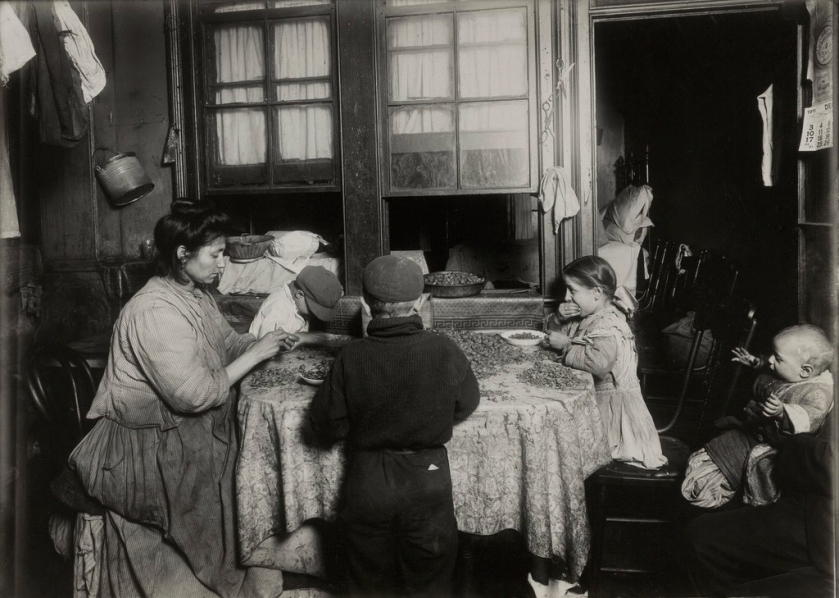
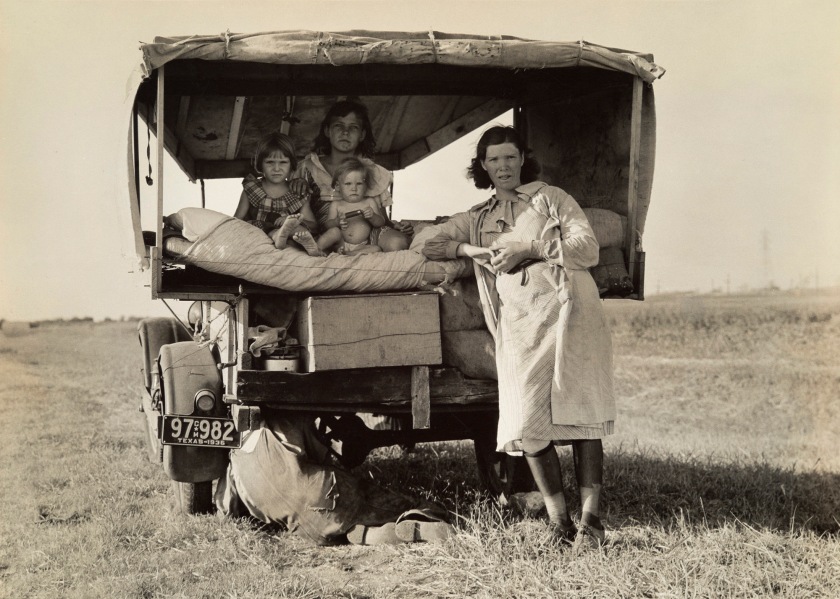



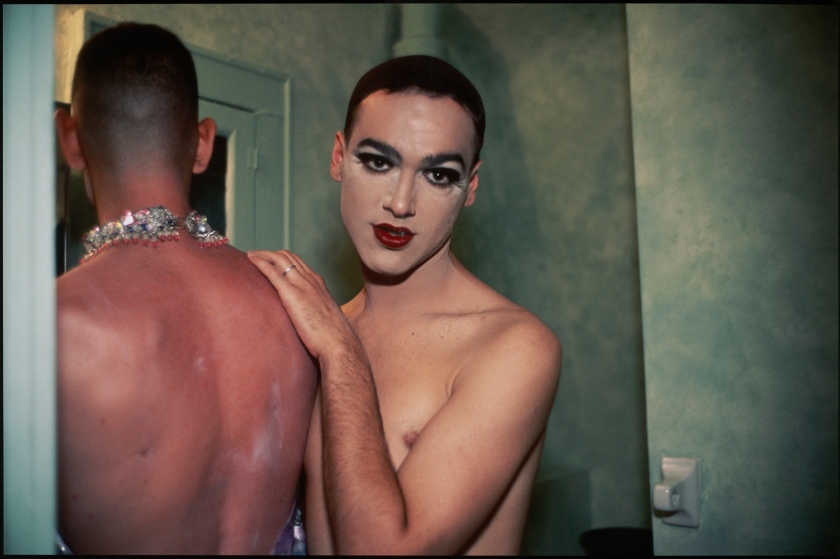


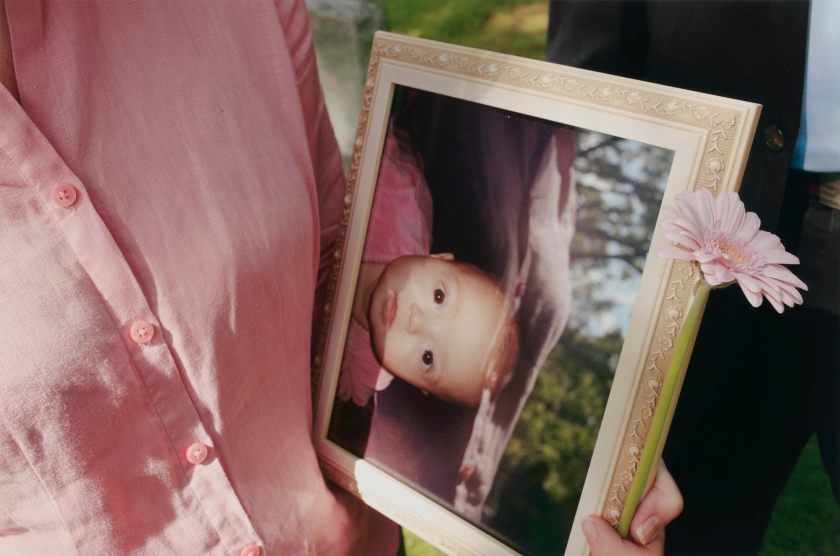

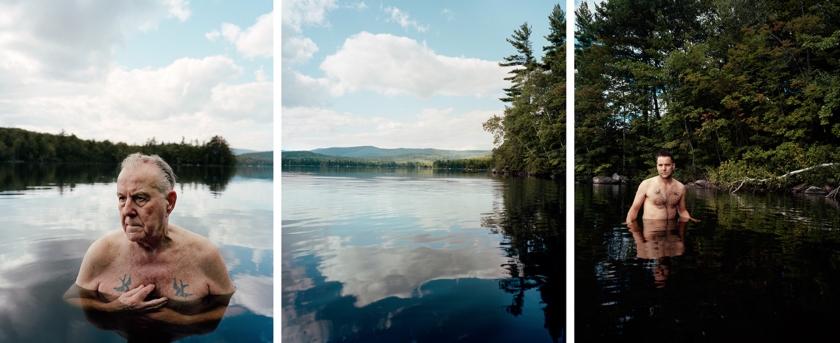

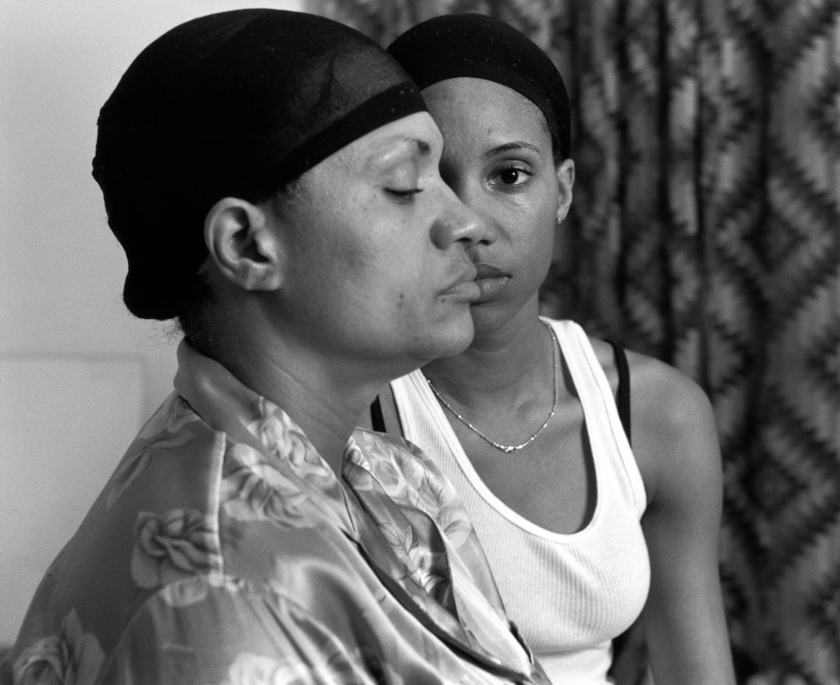
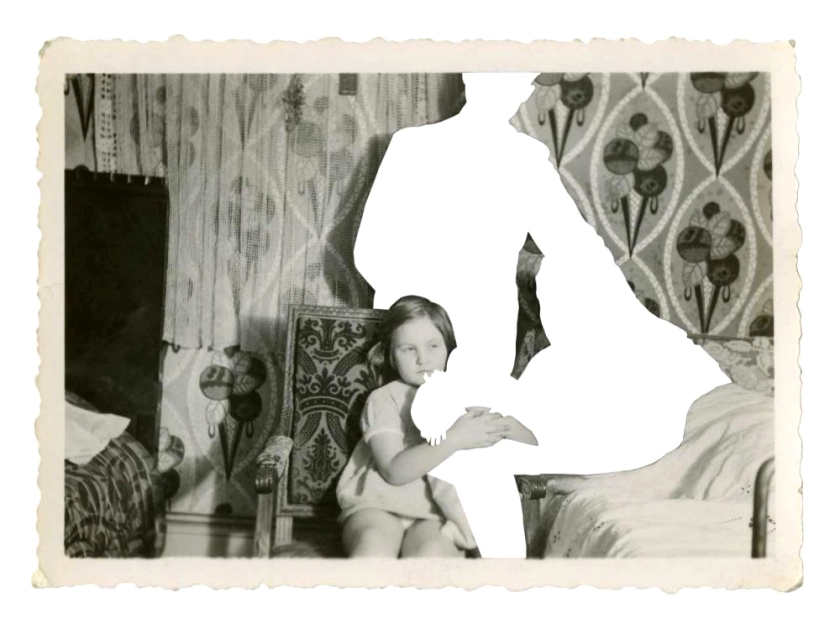
![Photographer unknown (American) 'Untitled [Hidden Mother]' c. 1860s-1870s Photographer unknown (American) 'Untitled [Hidden Mother]' c. 1860s-1870s](https://artblart.files.wordpress.com/2018/05/13_hidden-mother_artist-unidentified-web.jpg?w=650&h=944)
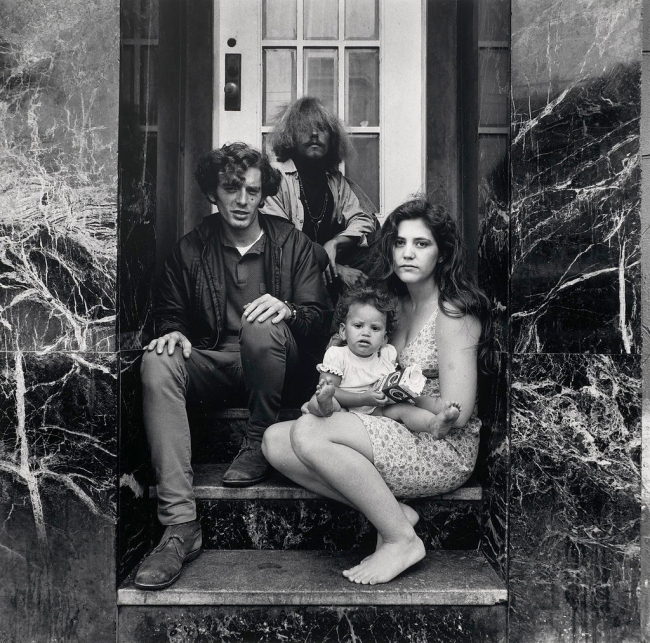

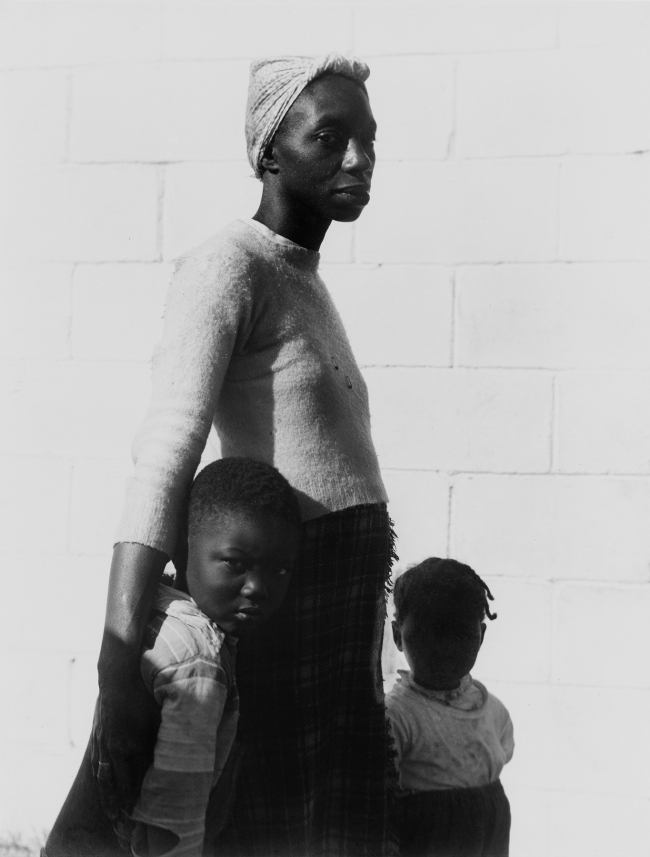
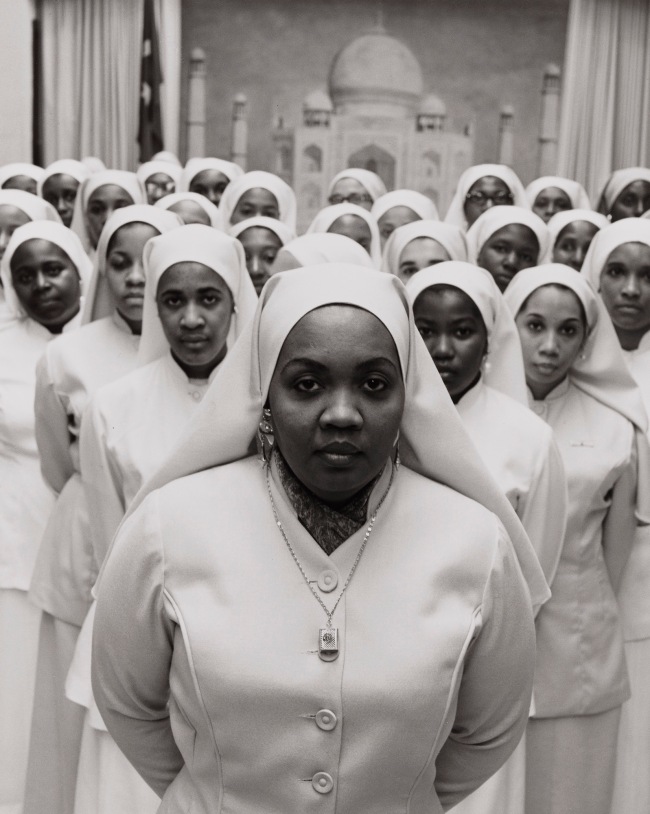
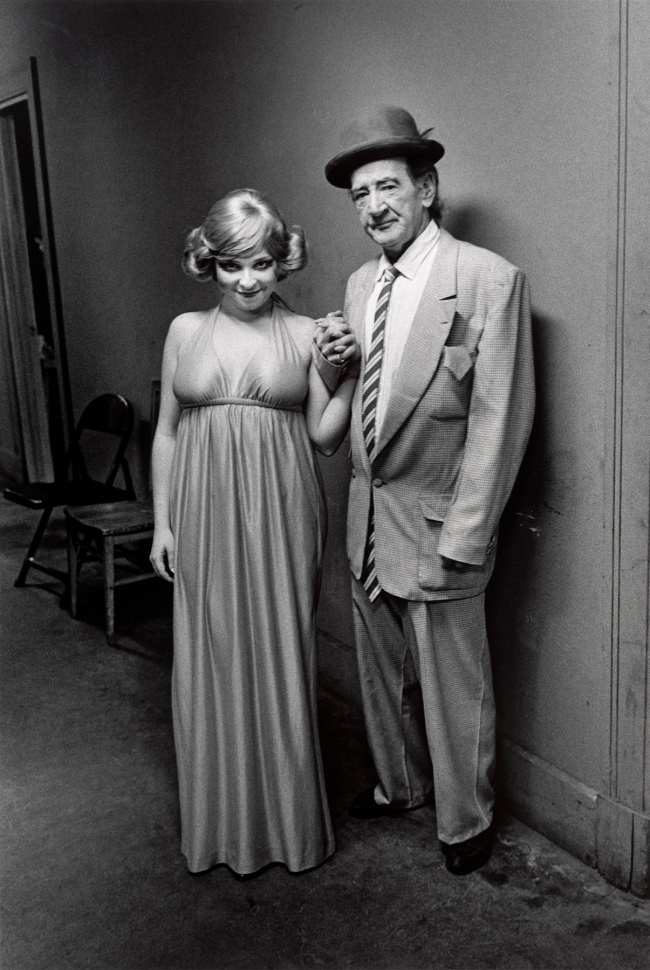


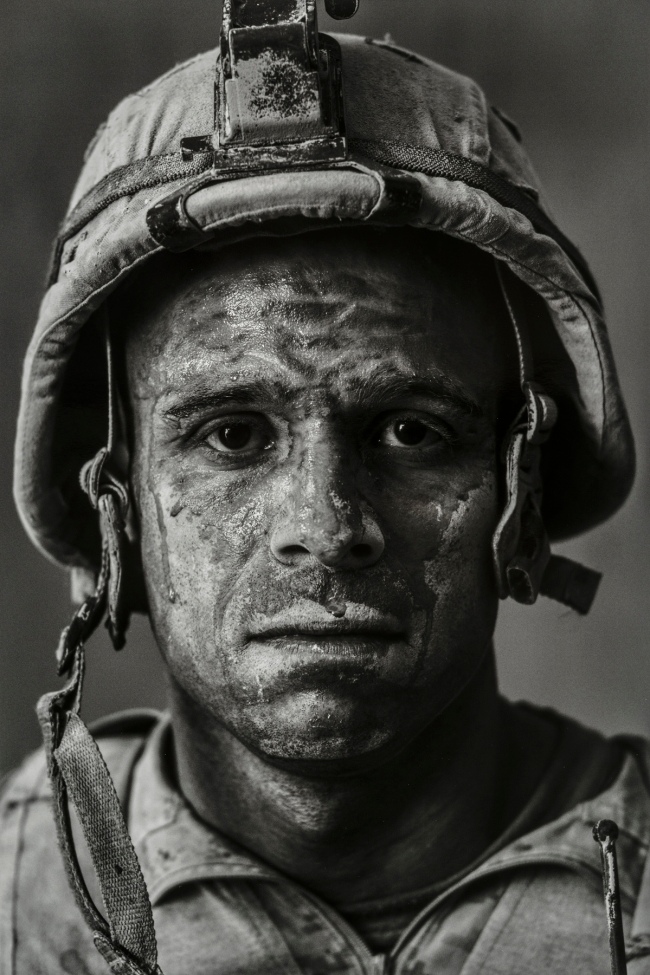
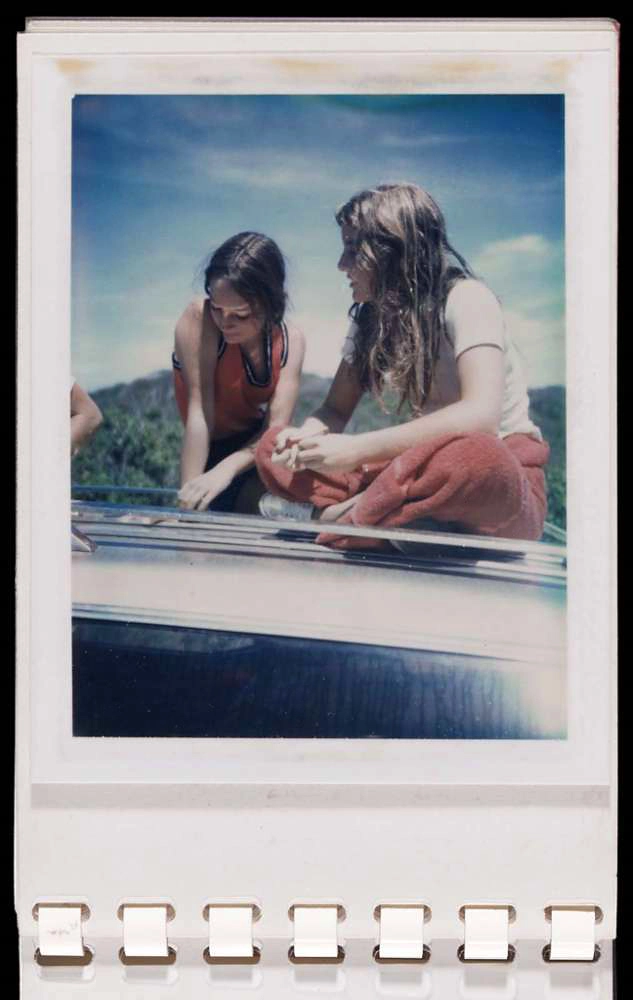
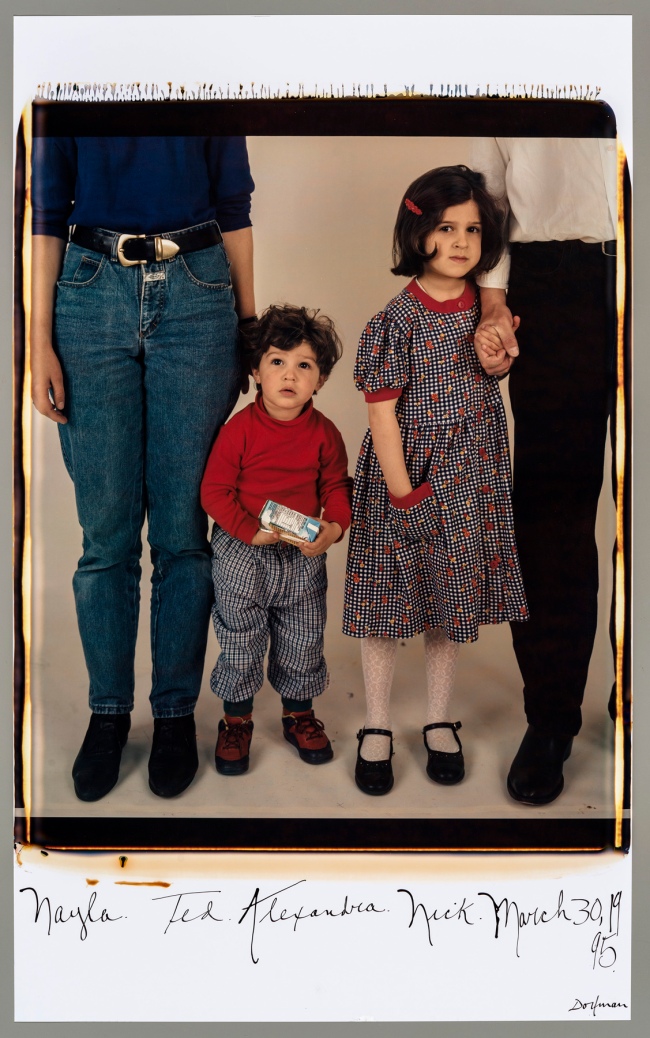

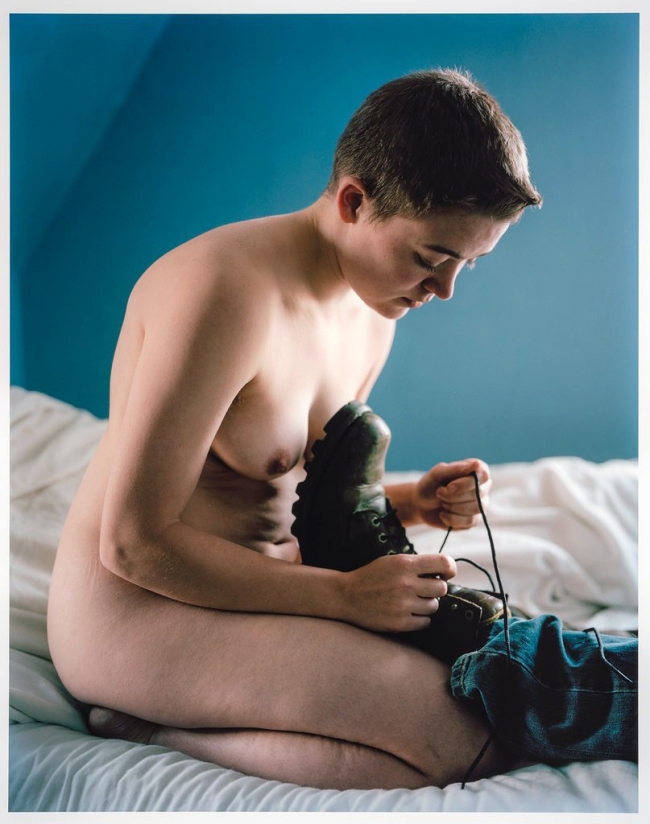
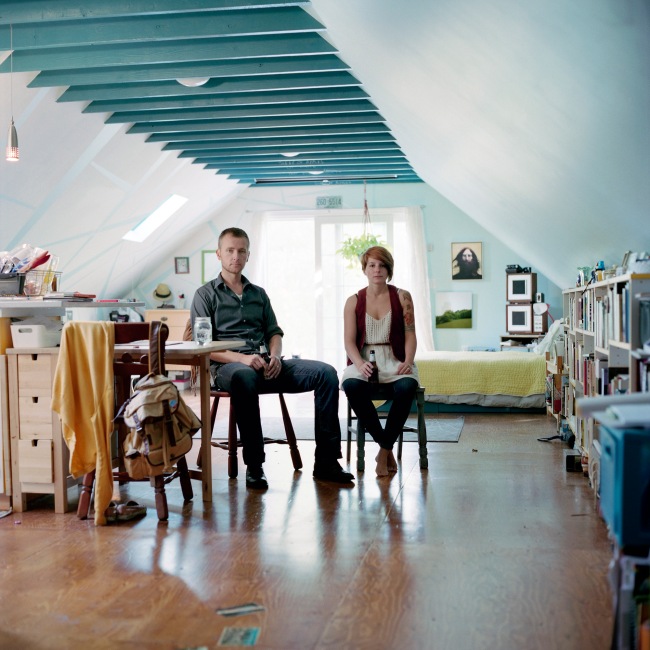



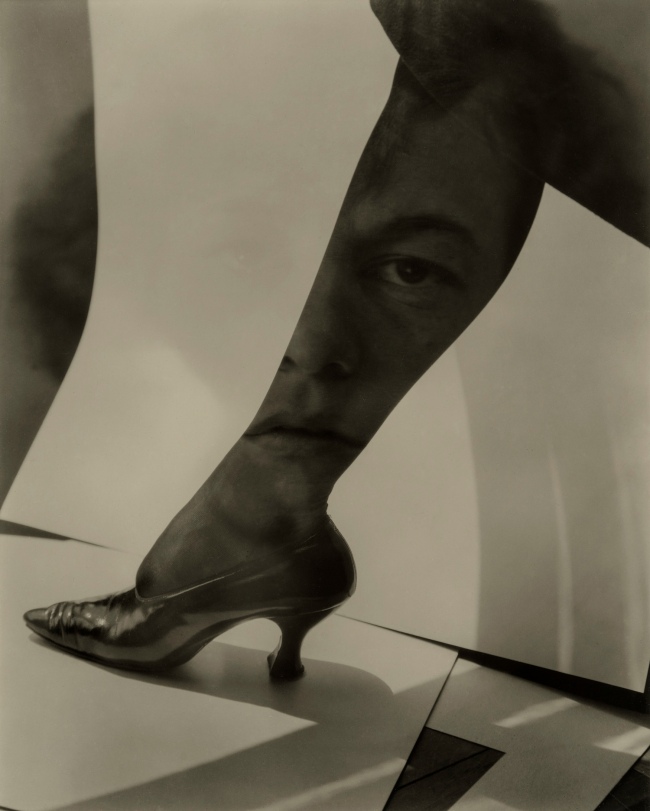
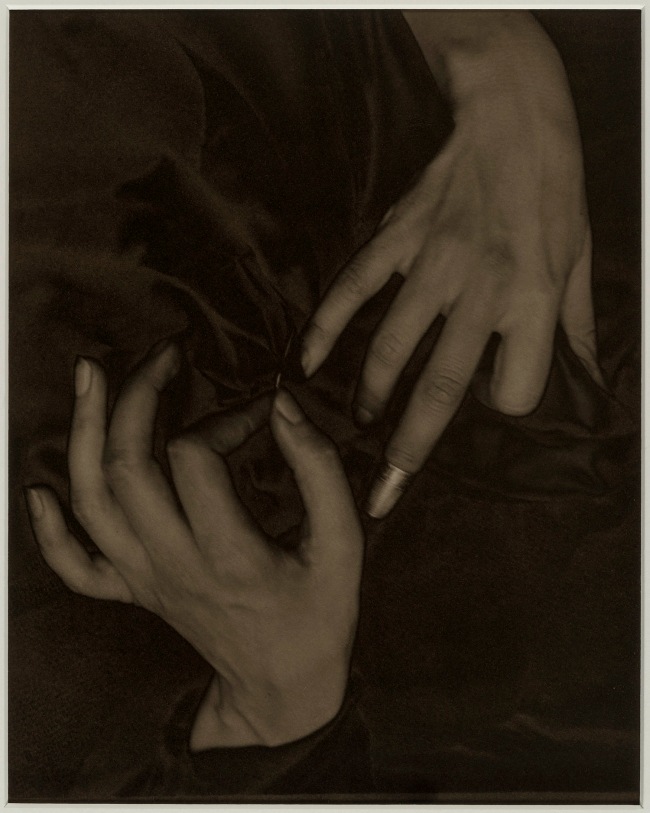
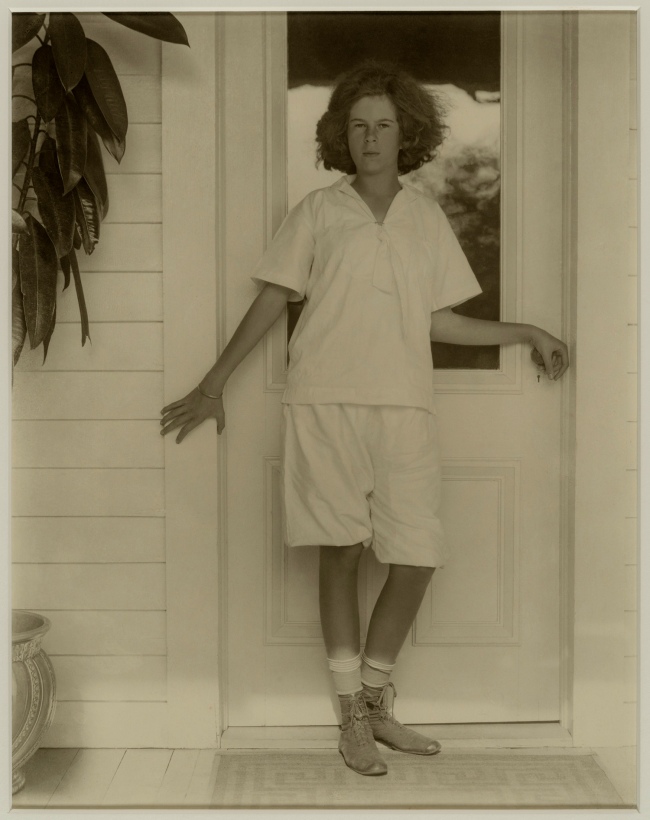
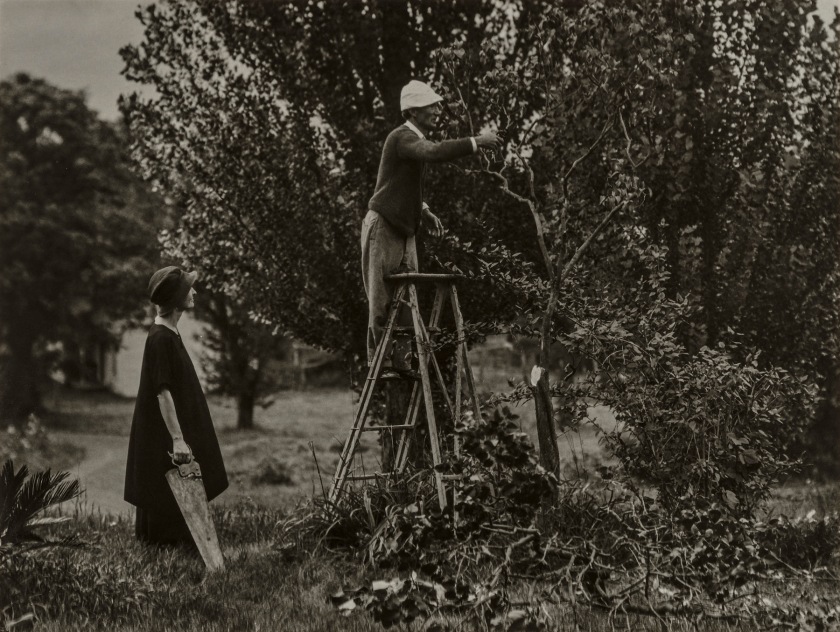
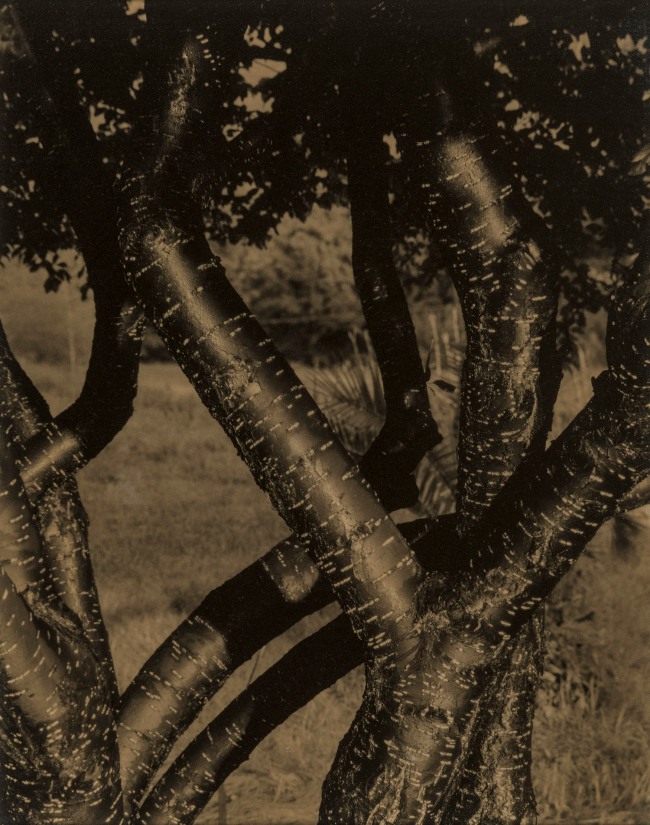
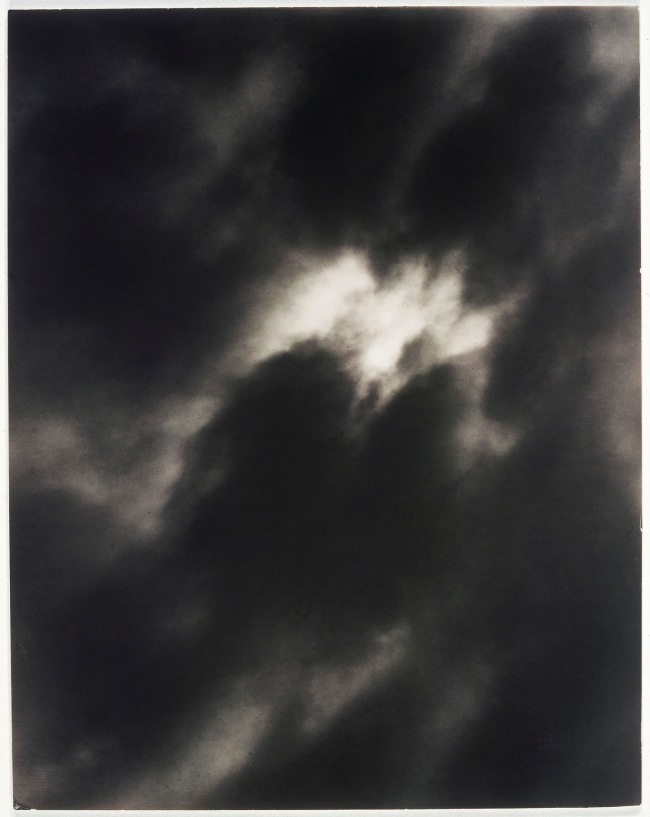
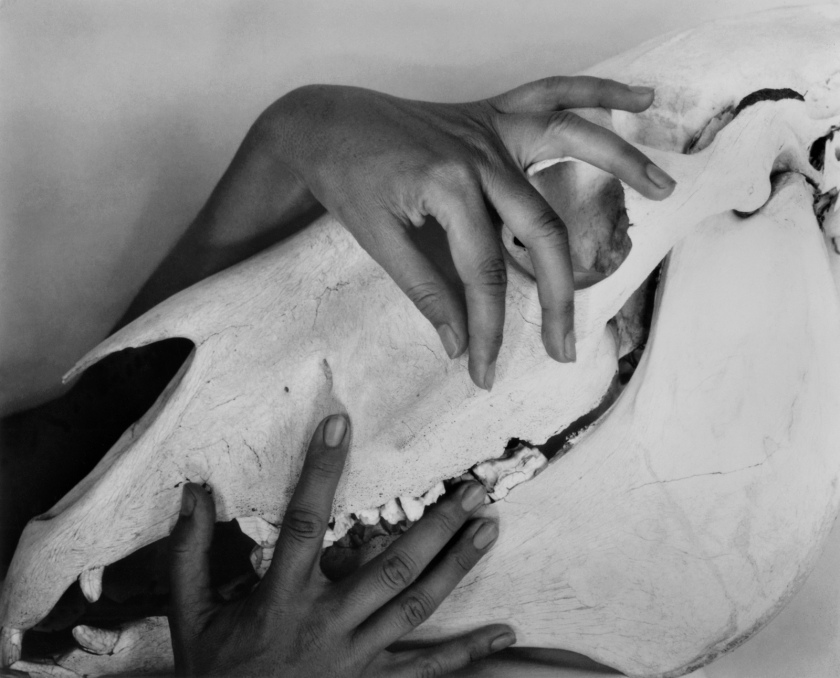

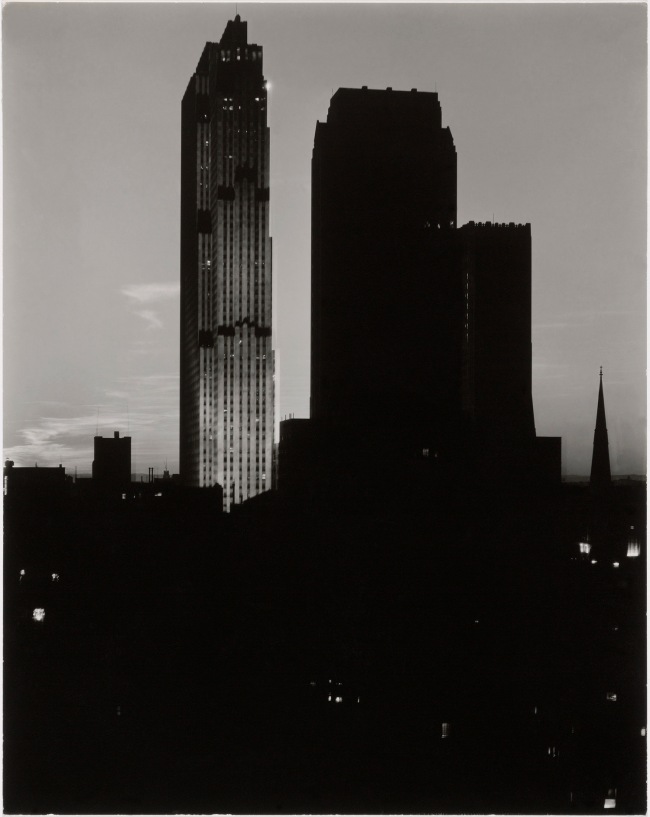
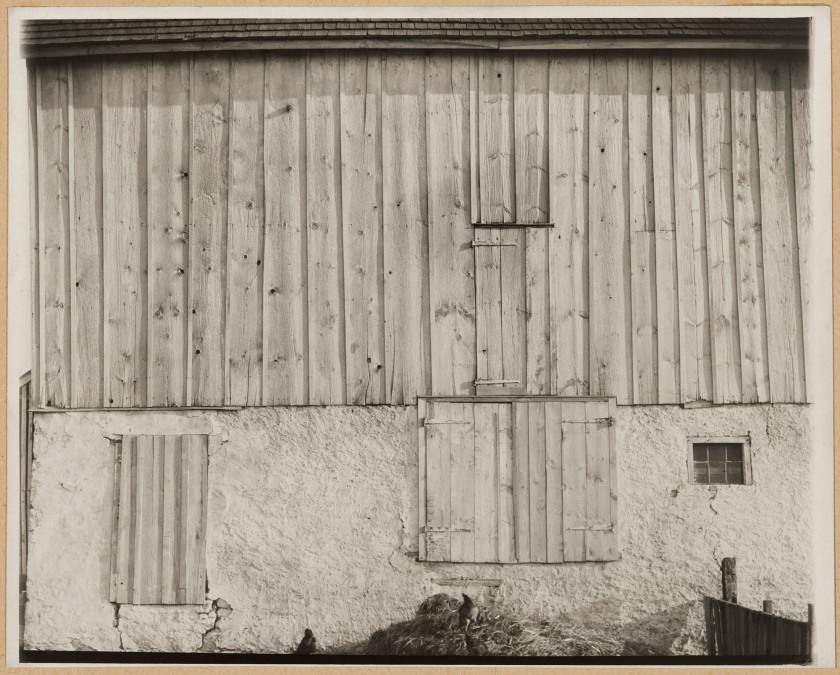
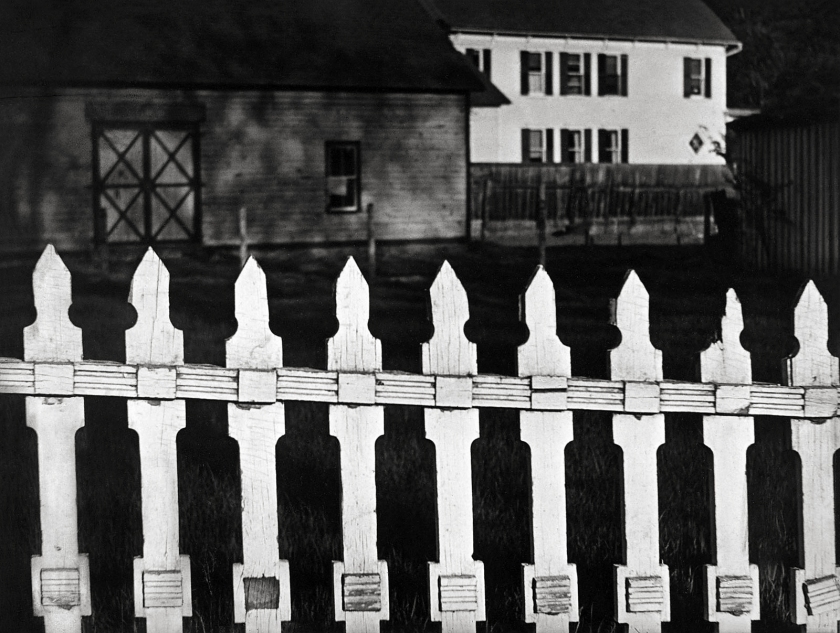

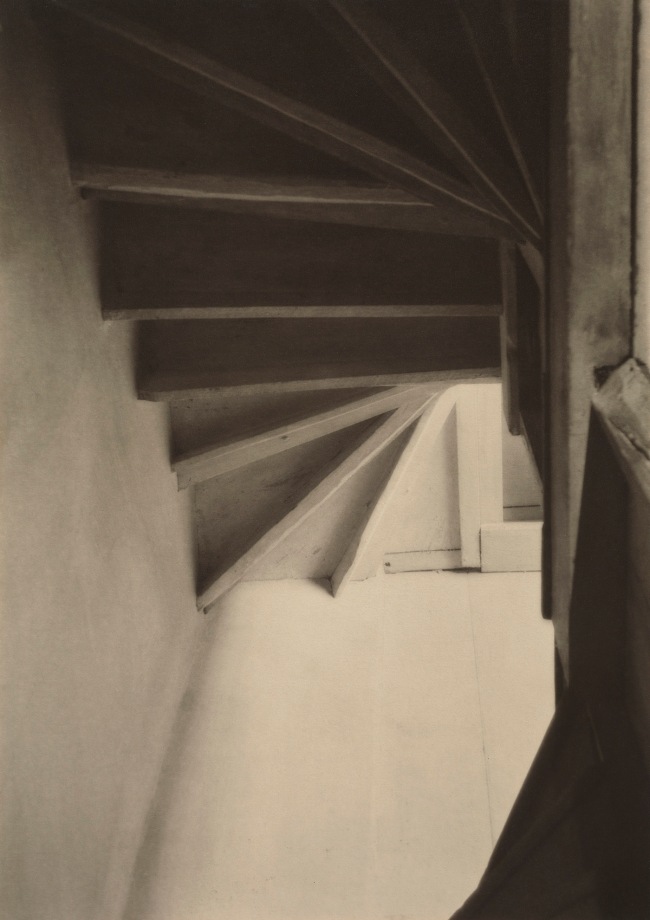

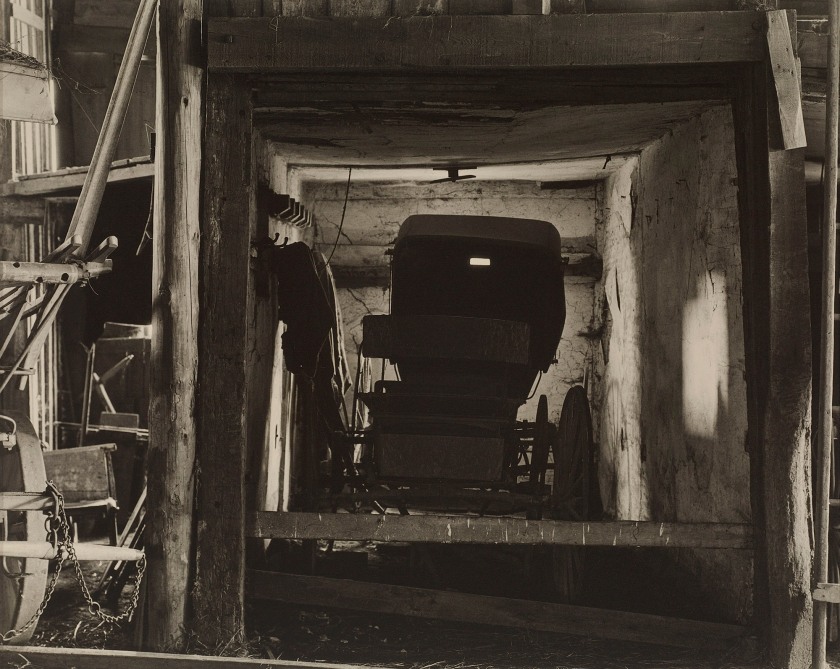
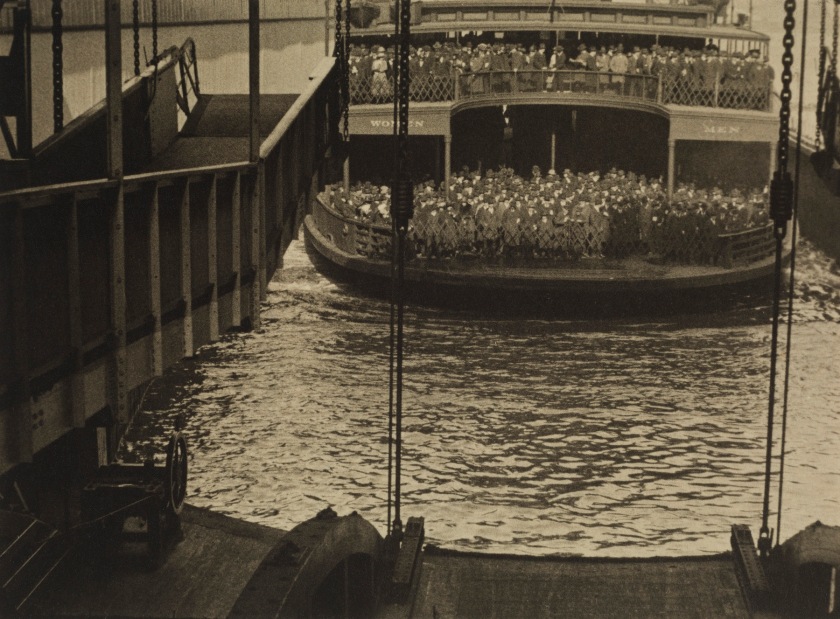
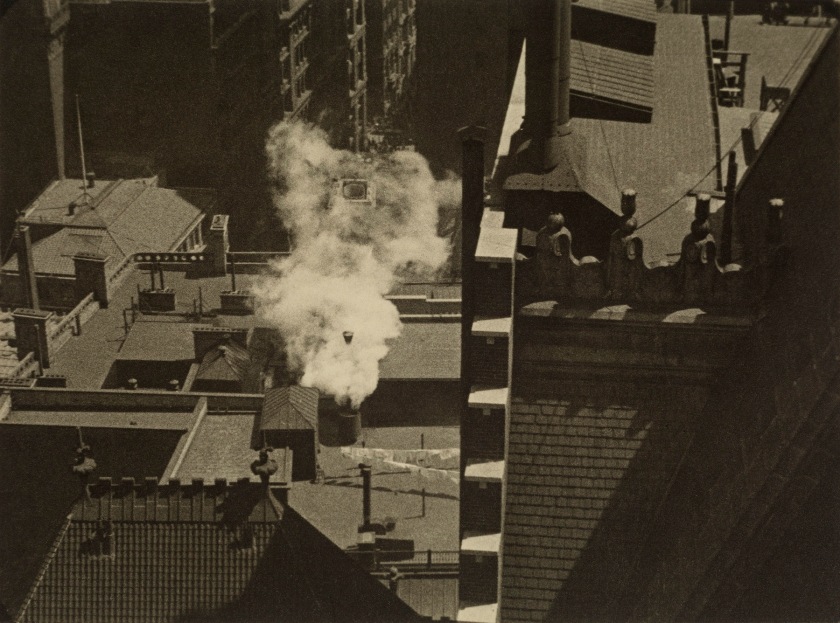

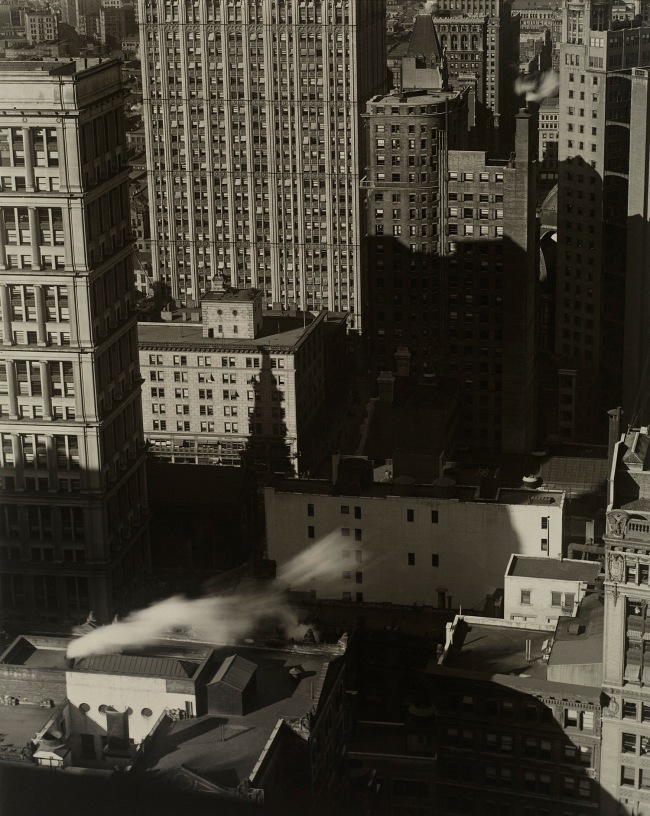

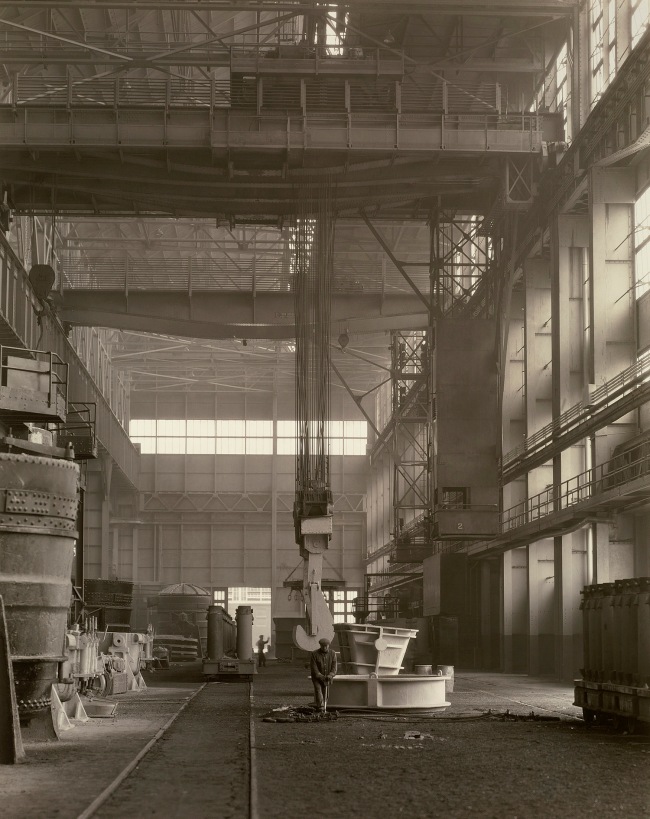
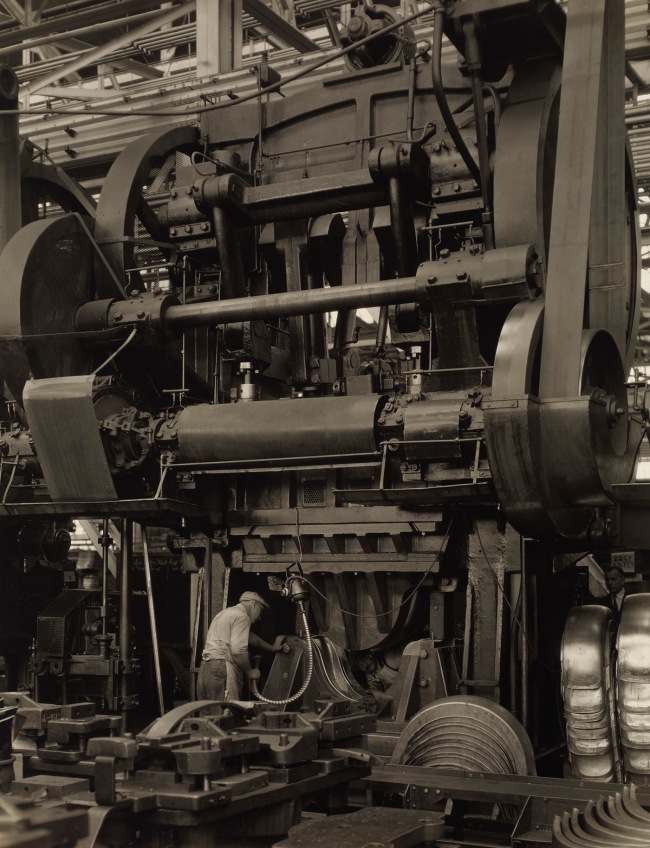

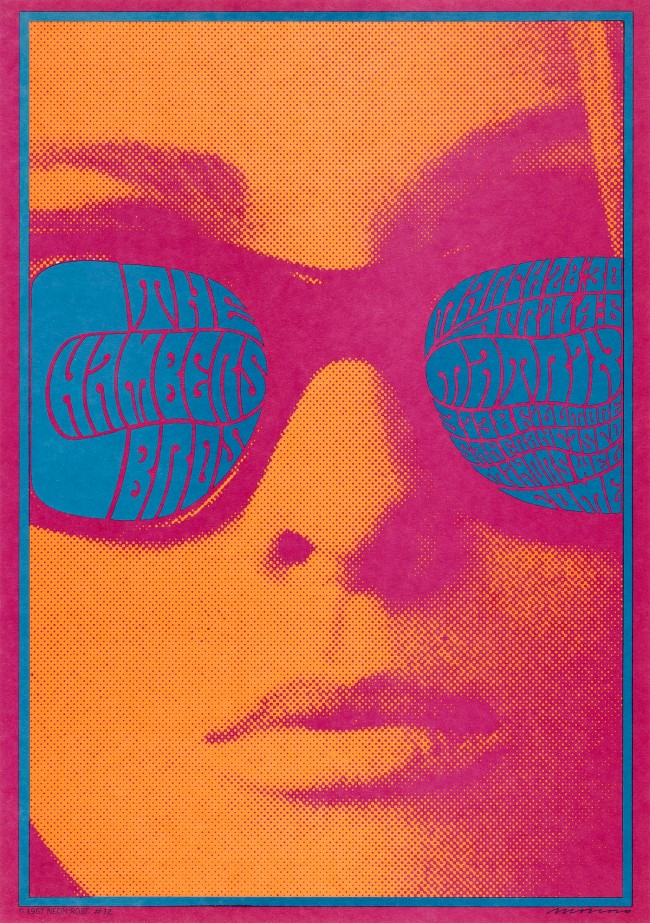
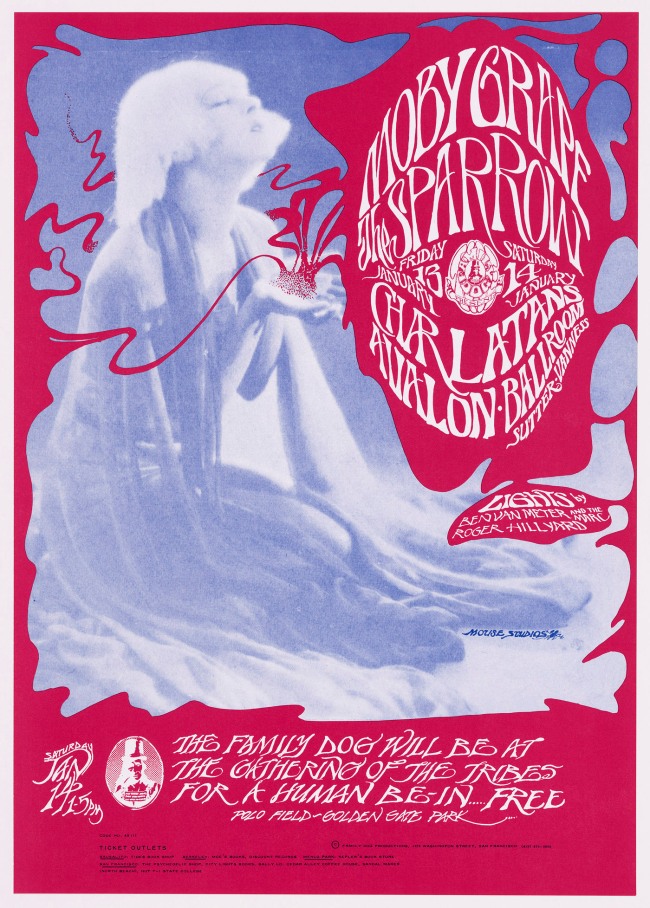
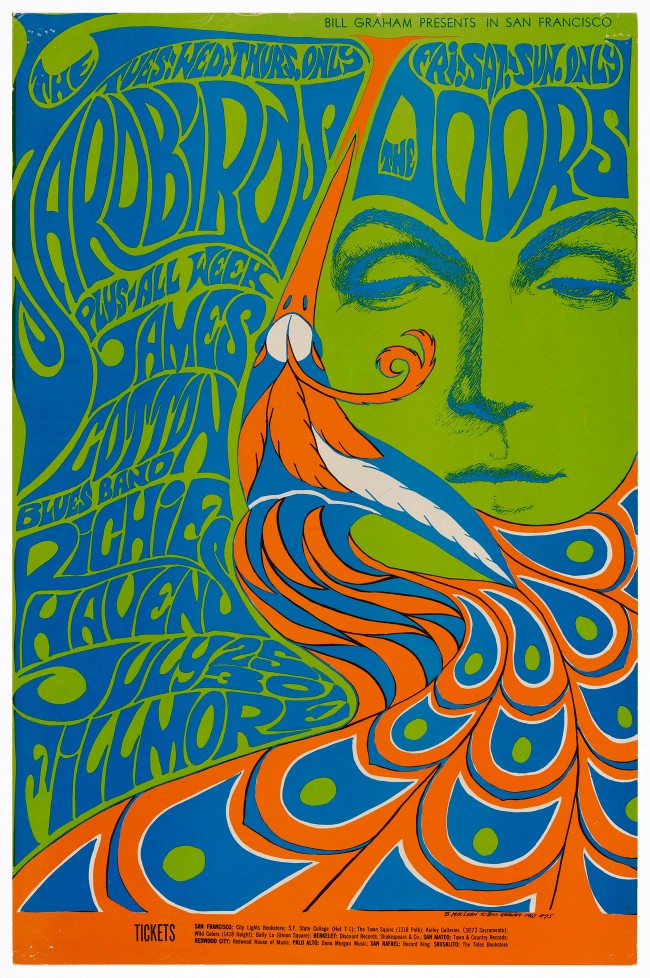
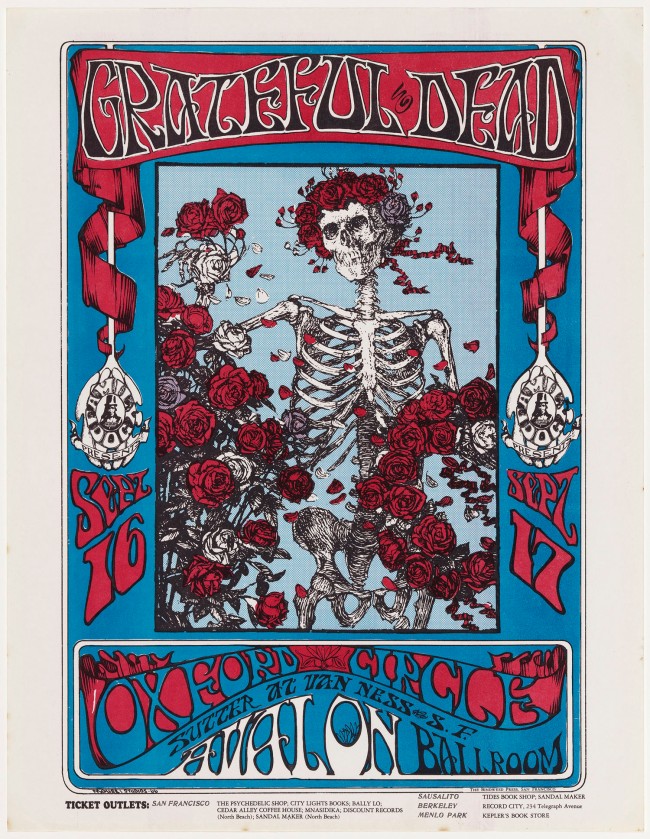
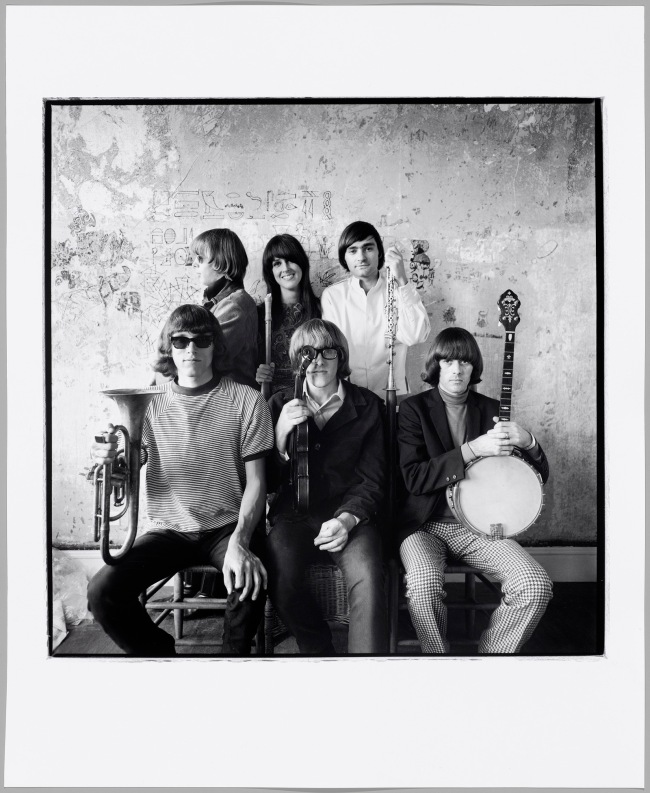
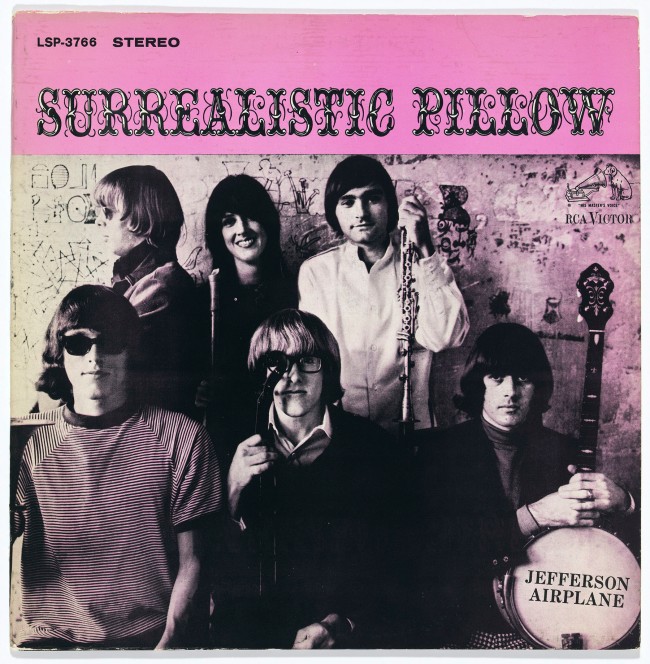



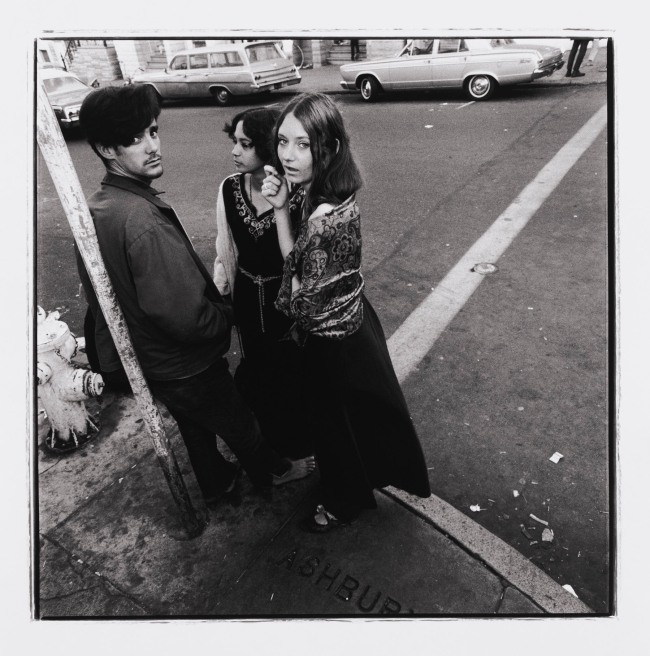
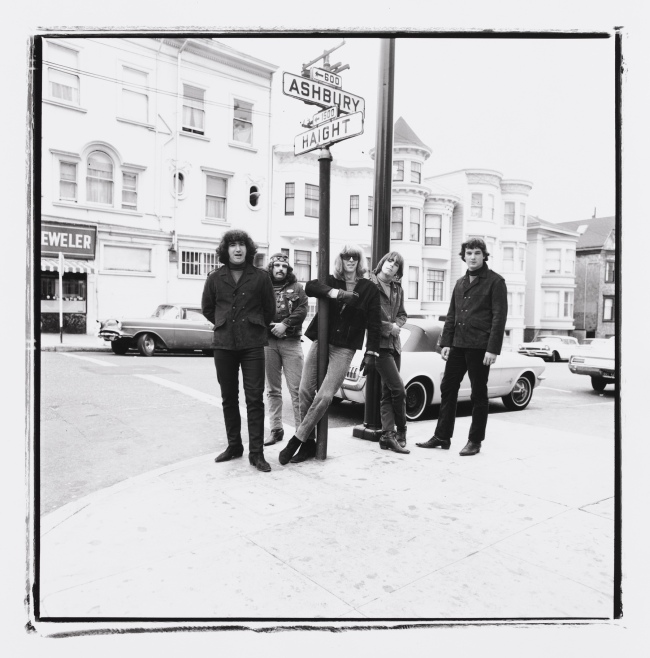
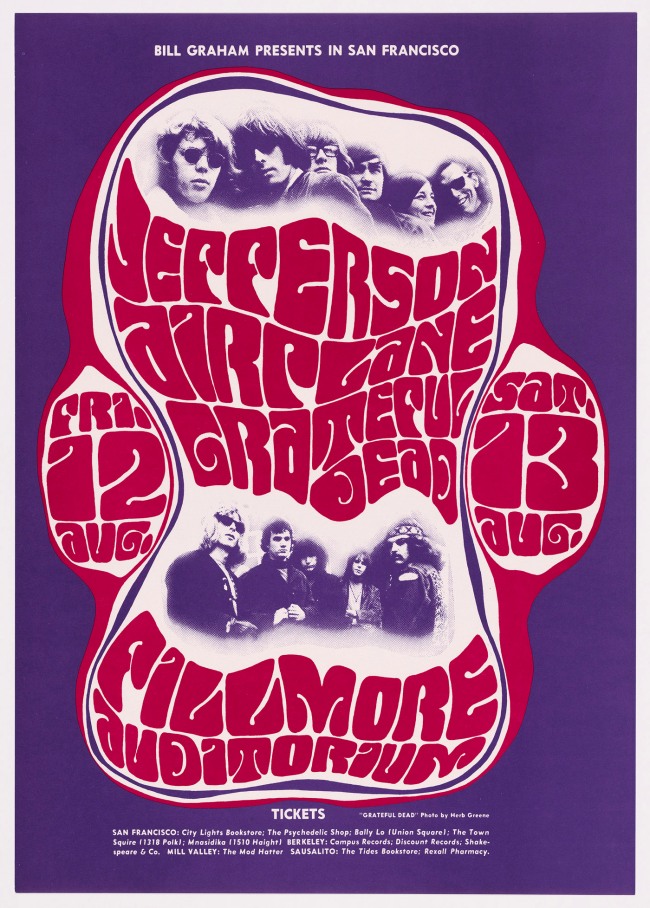

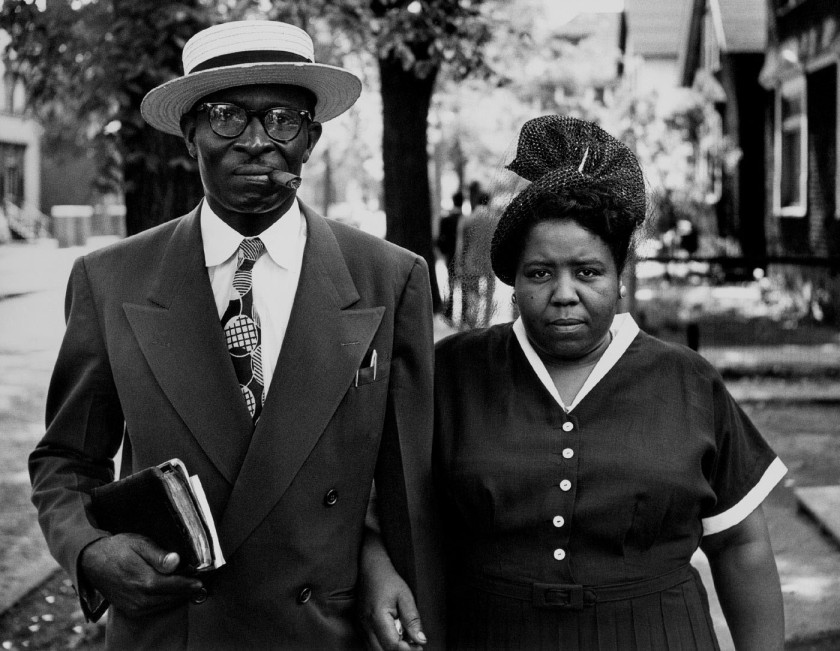
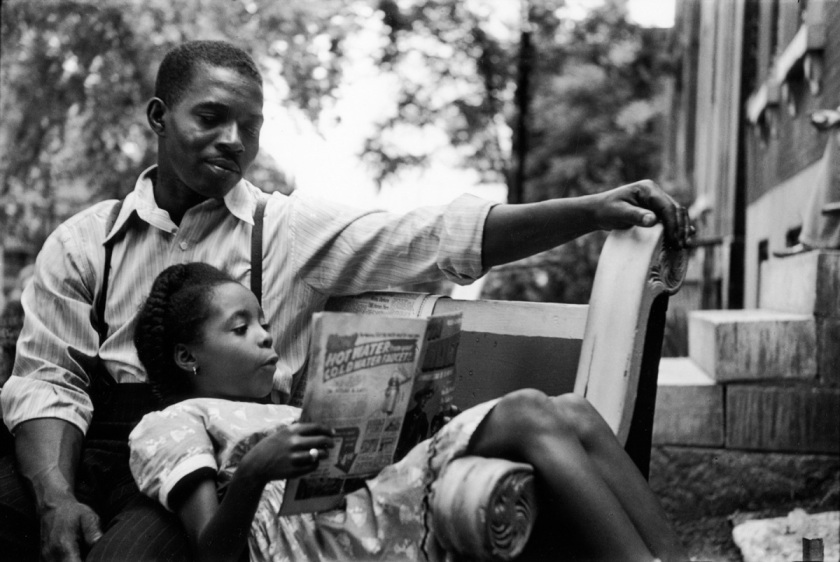
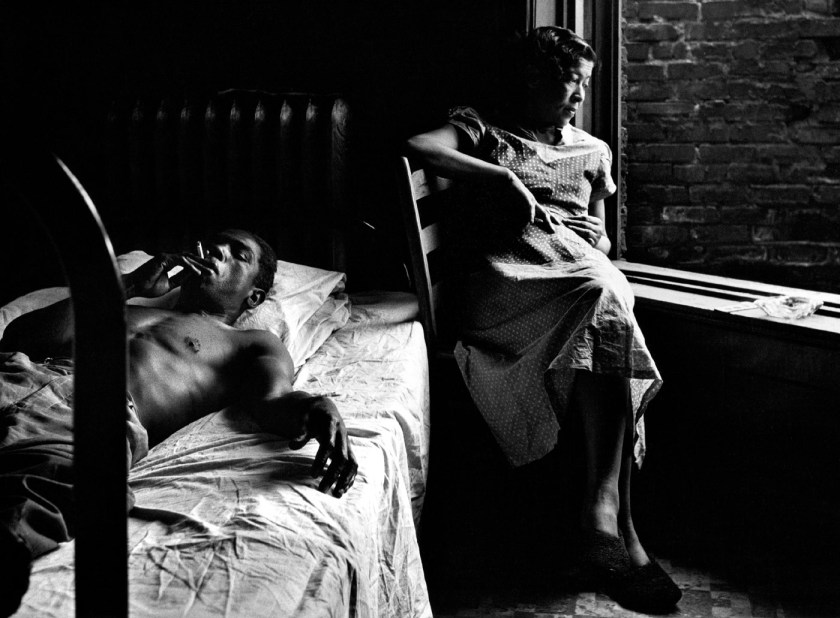
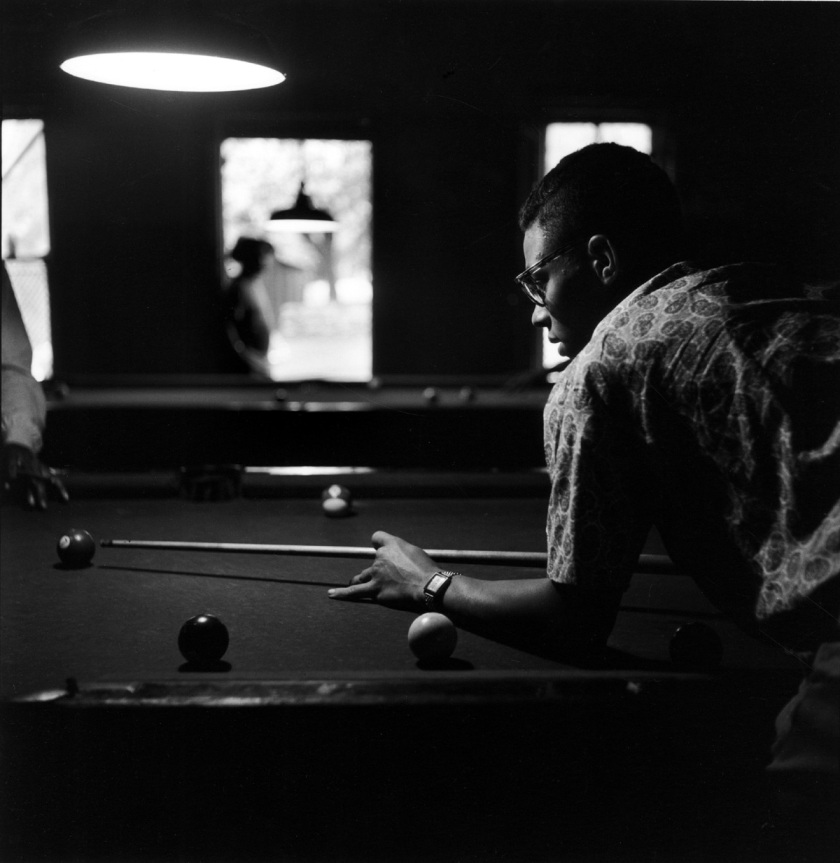

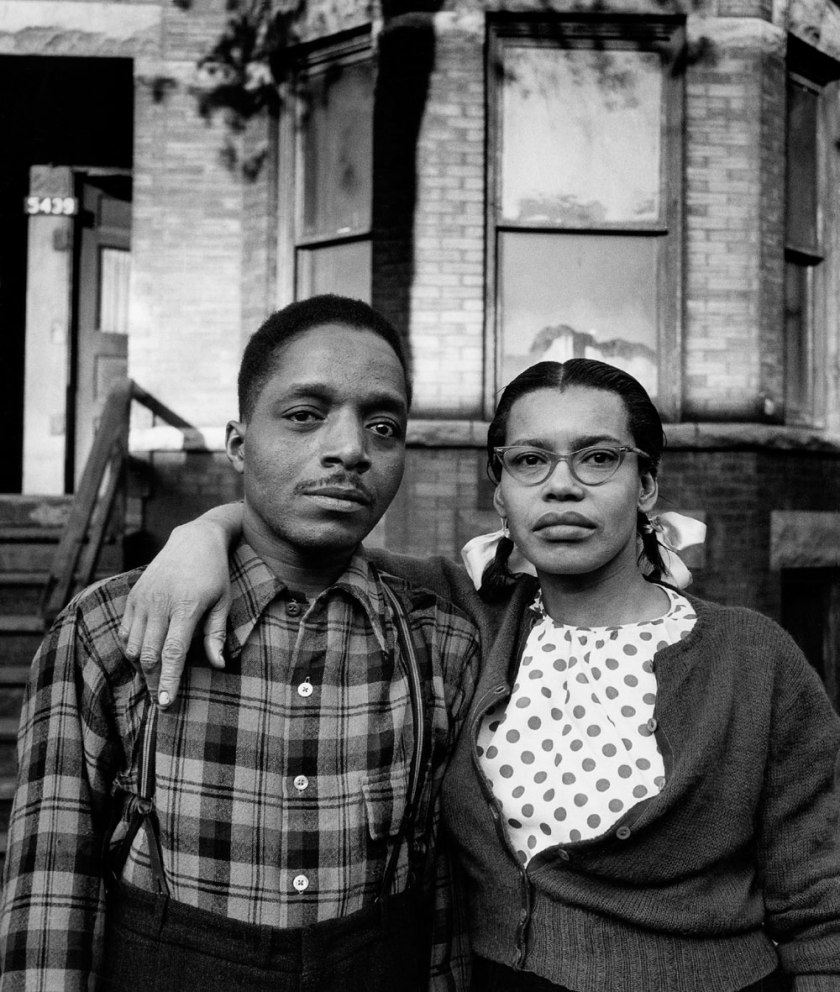
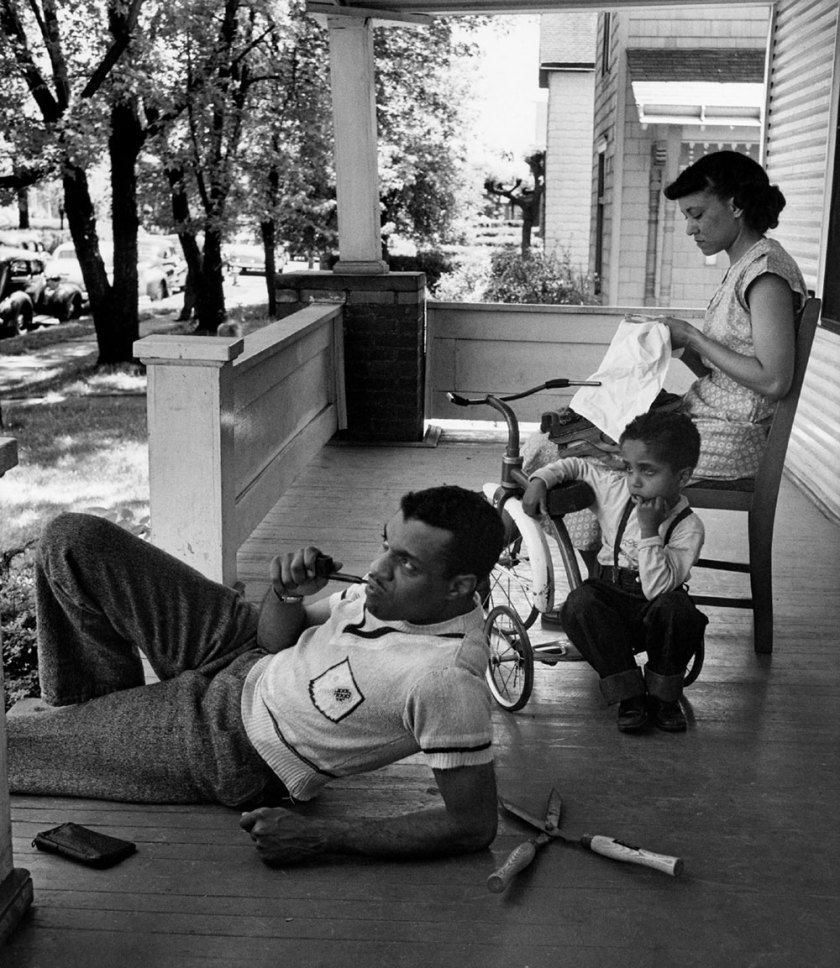

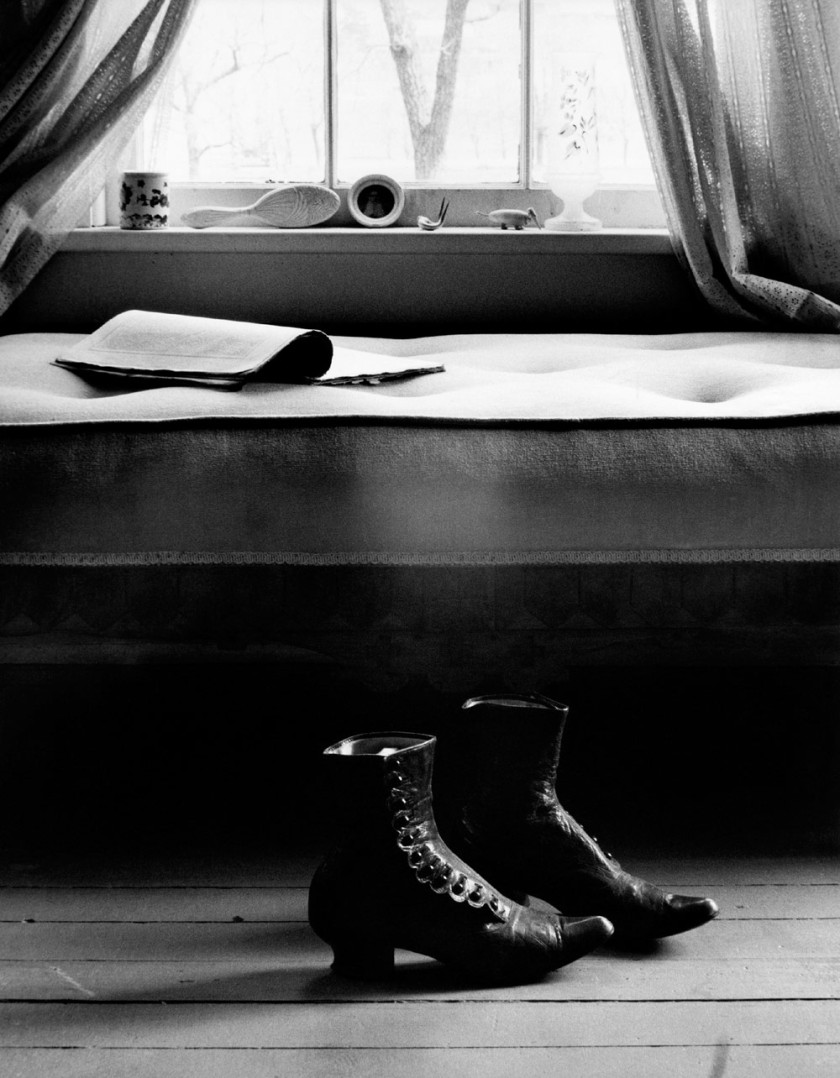
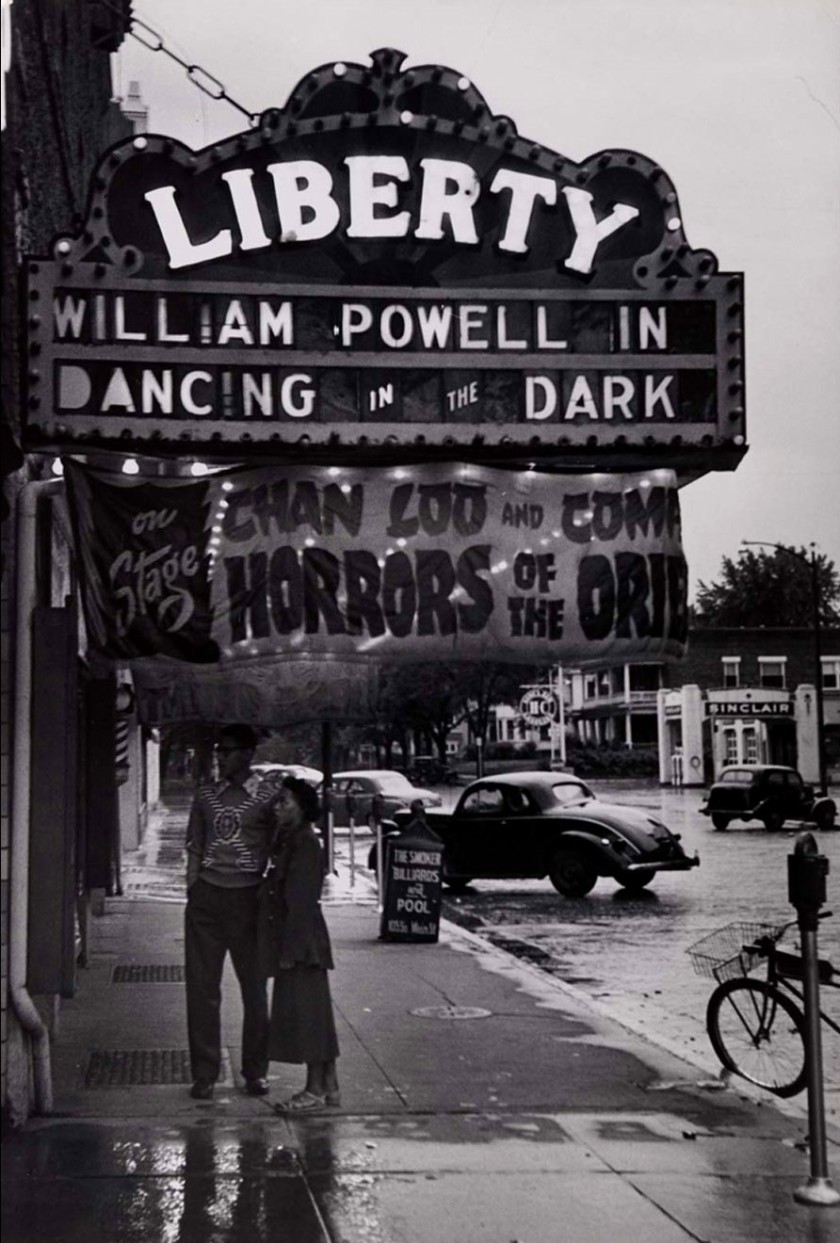
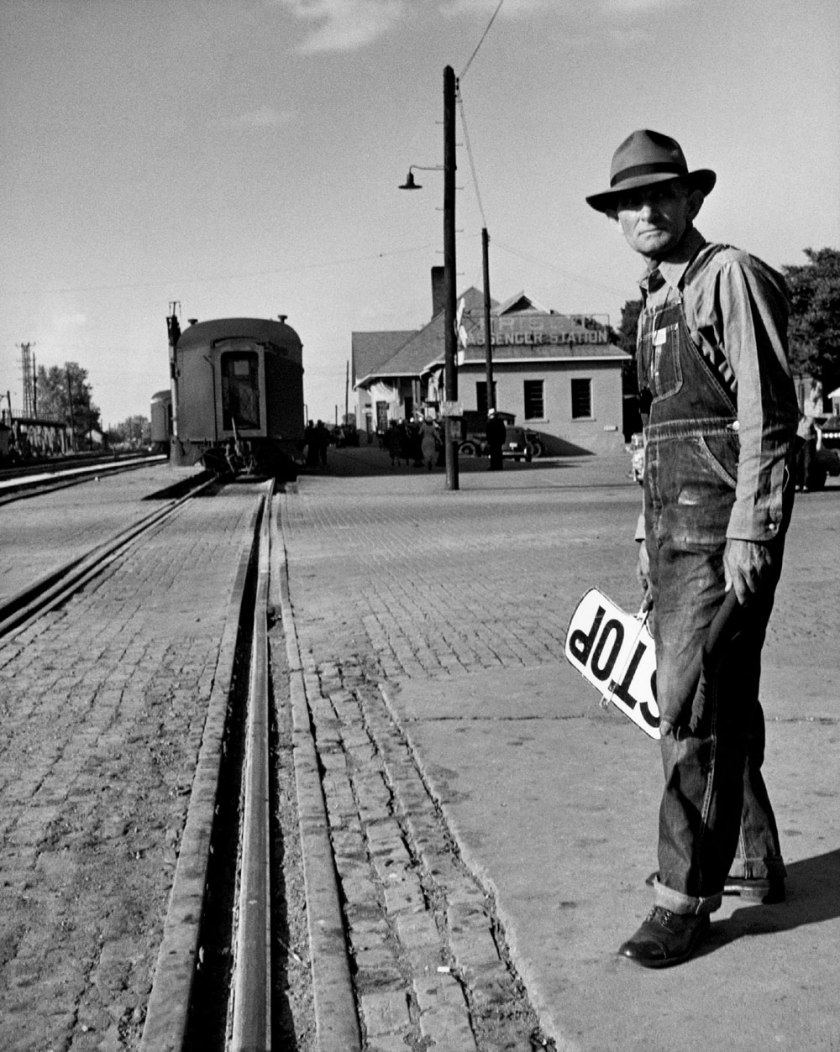
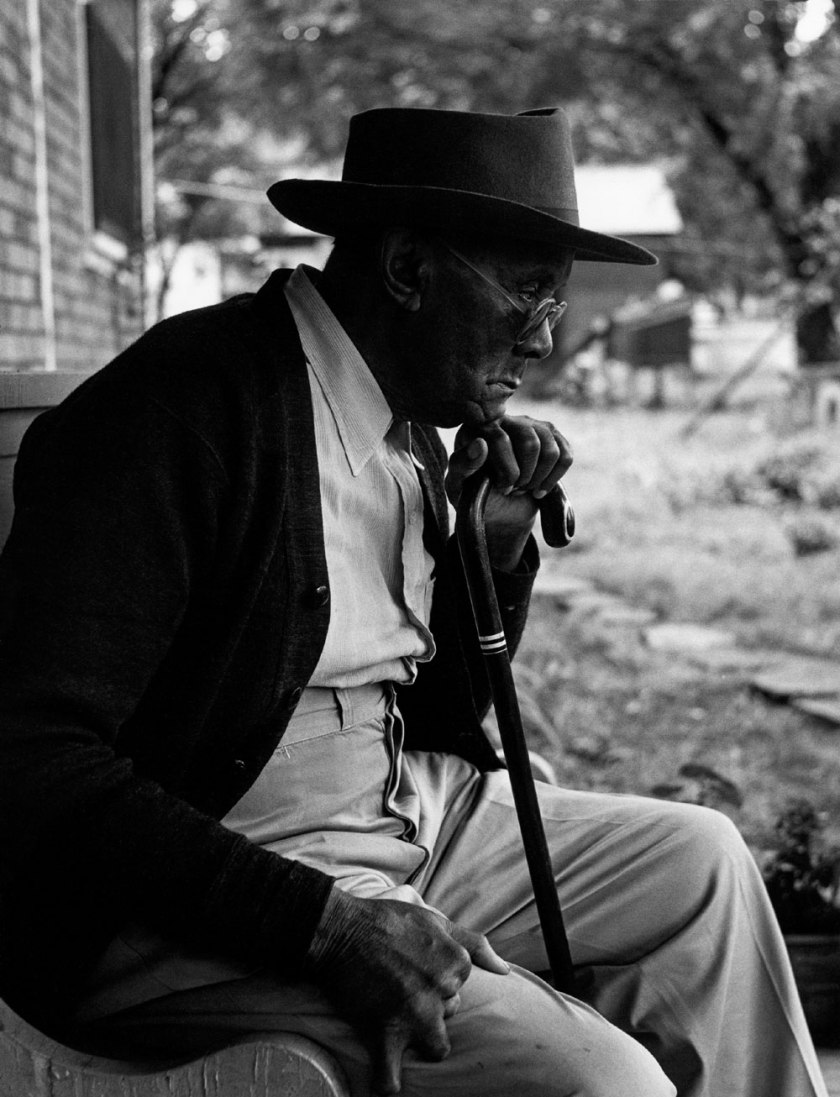
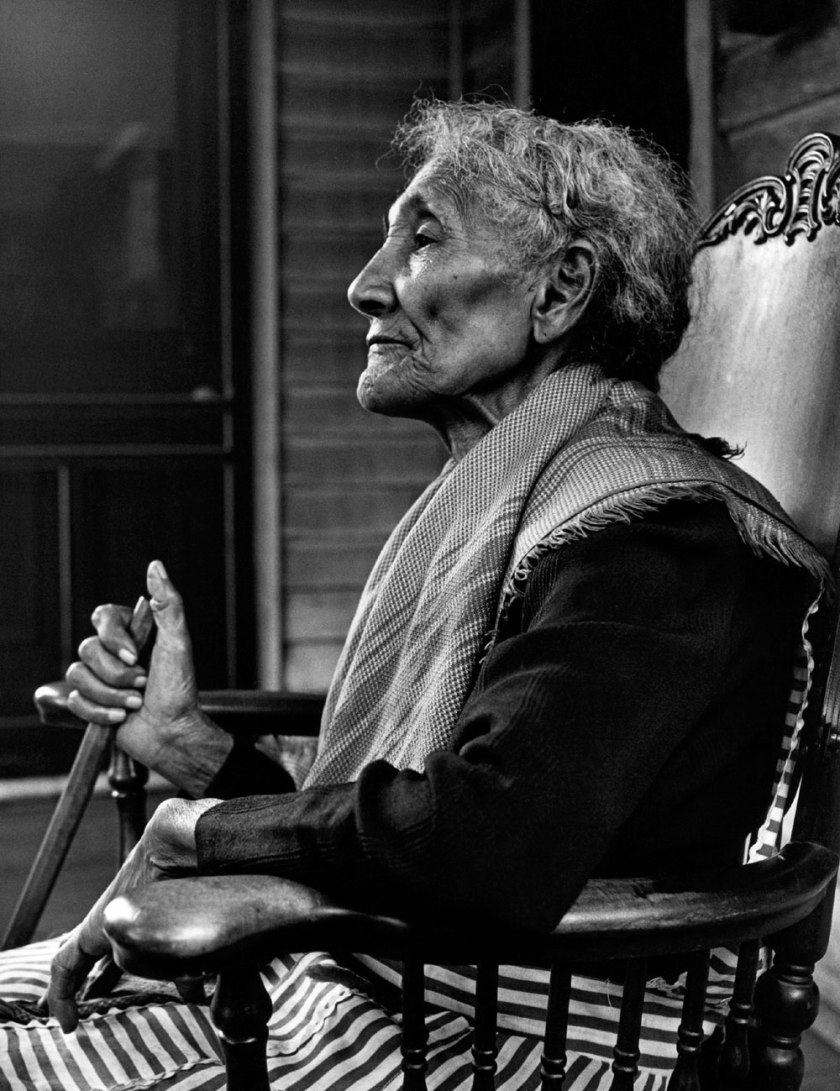
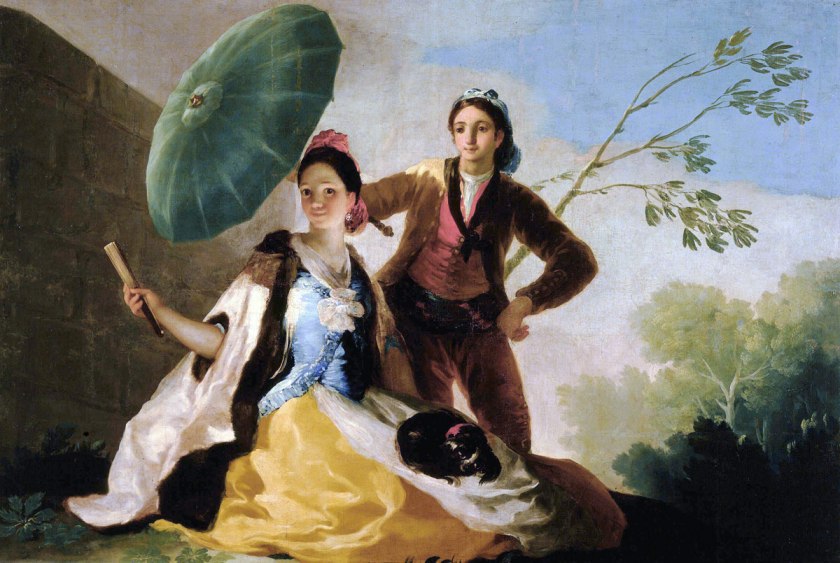

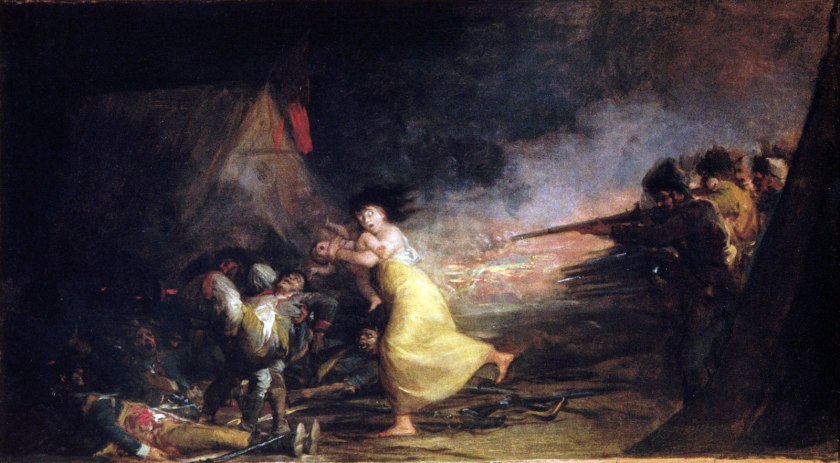
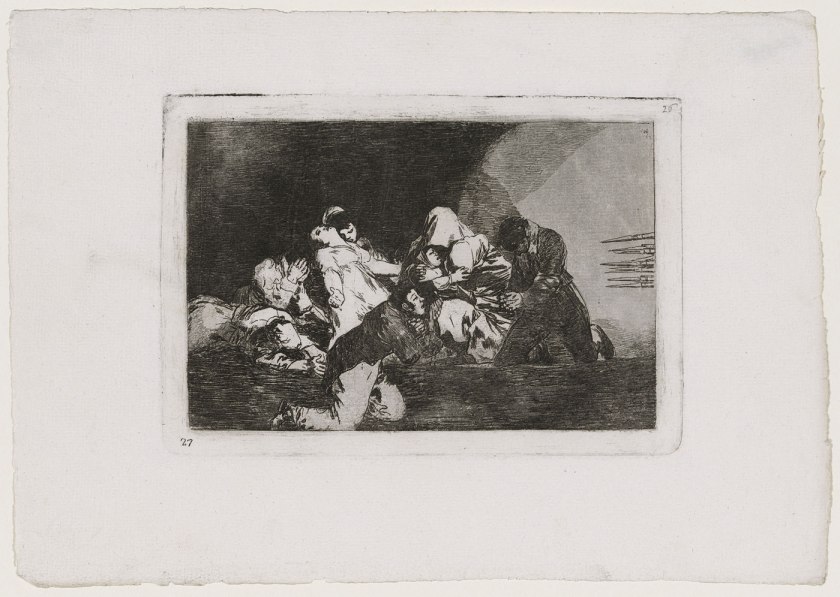
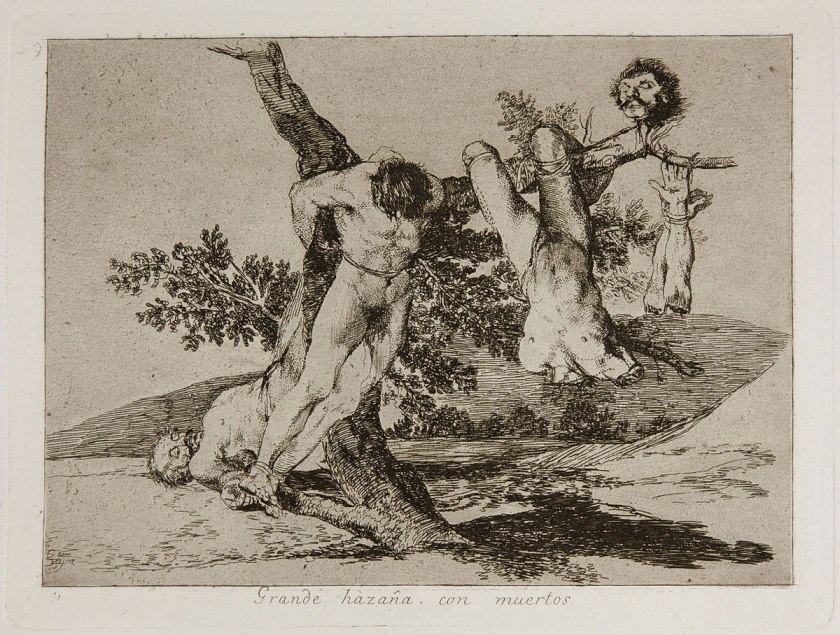



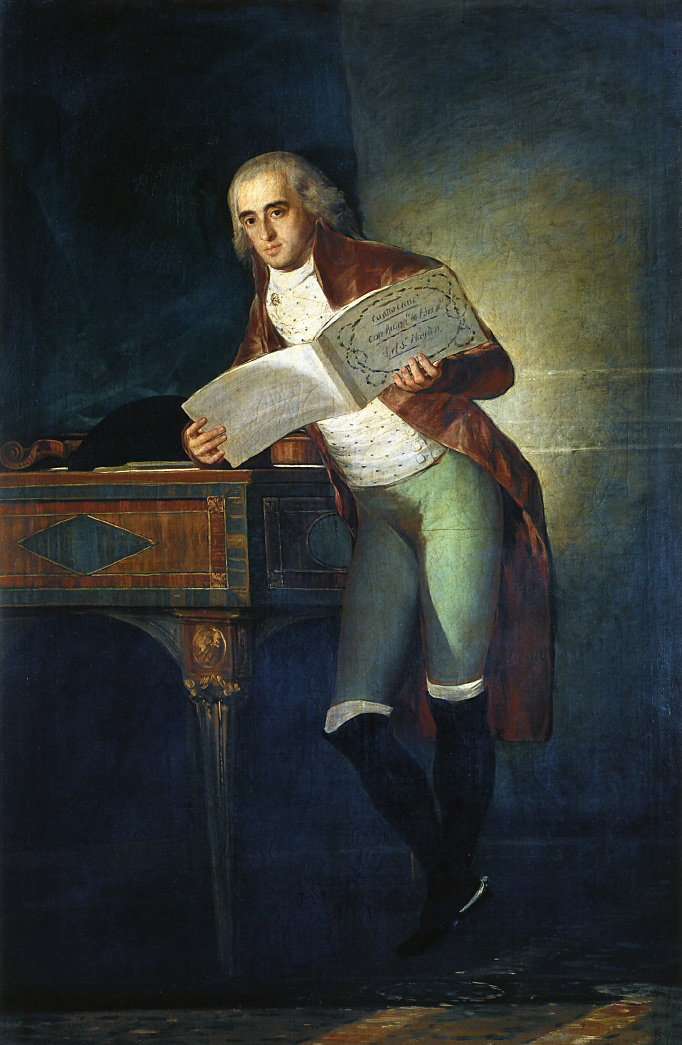
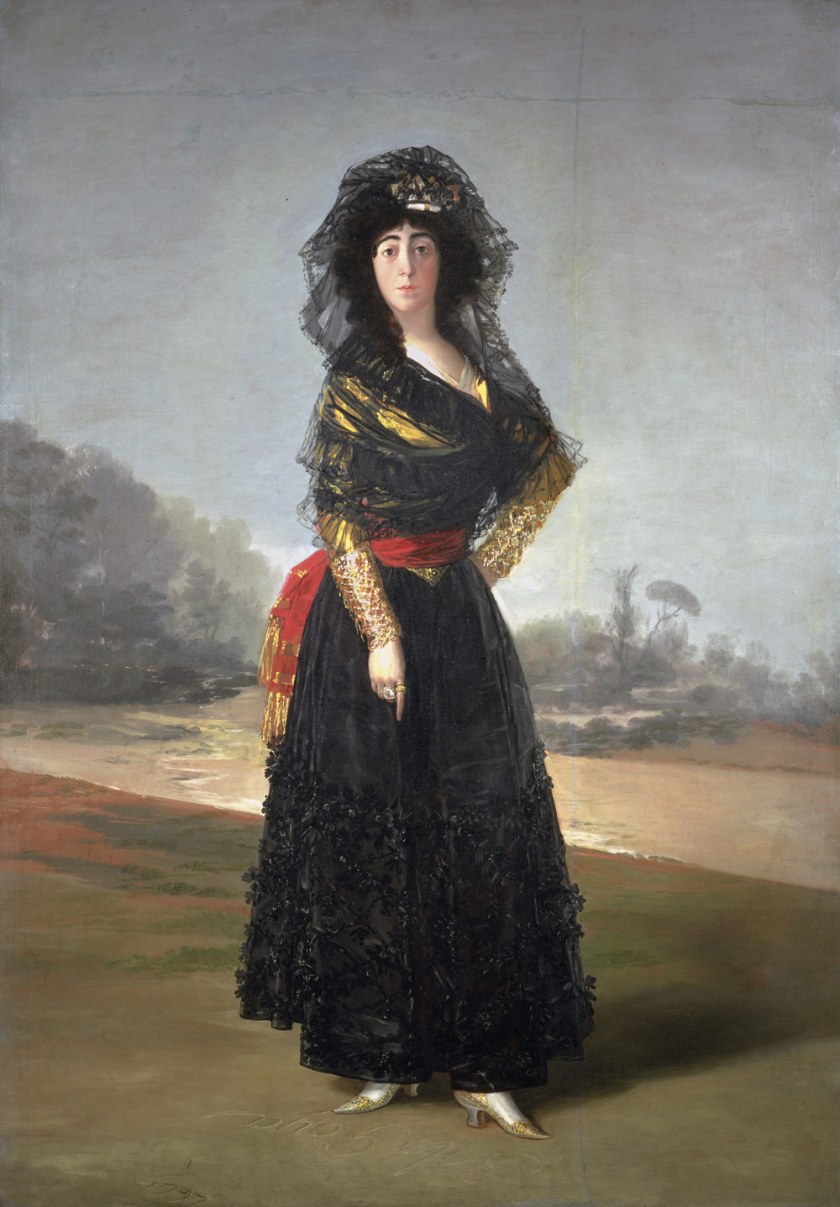

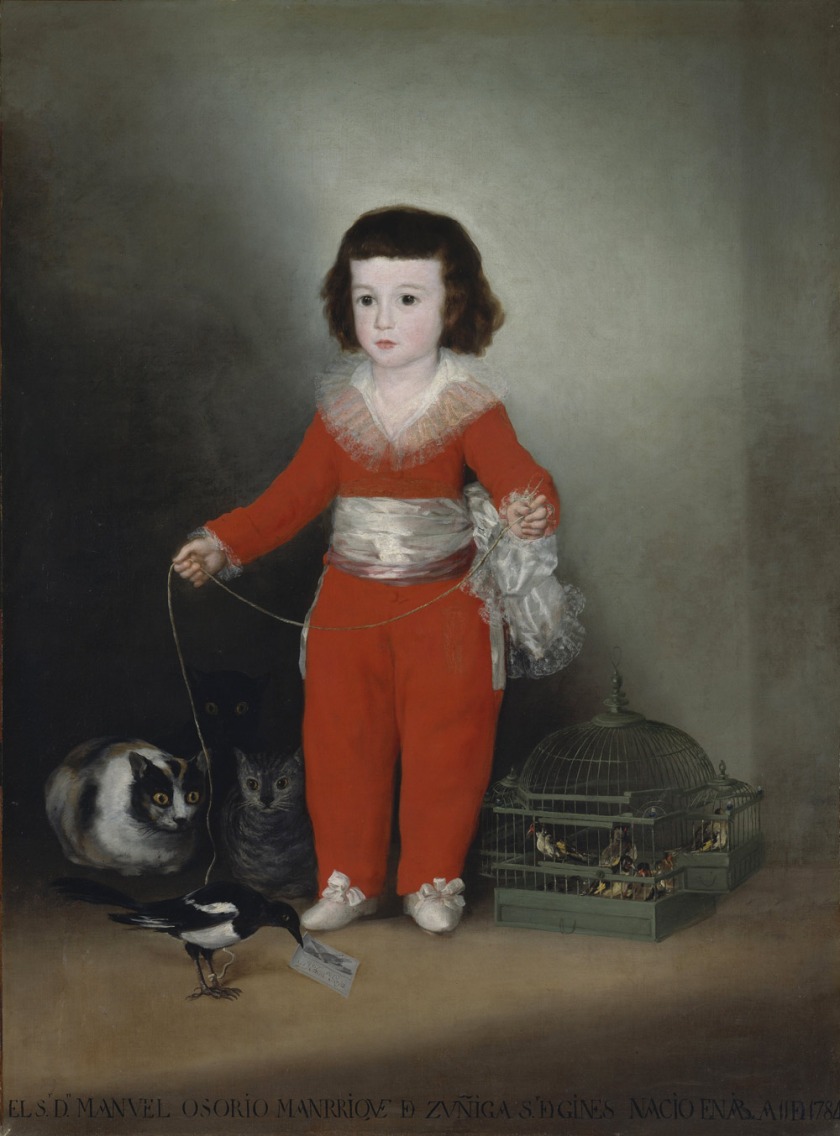


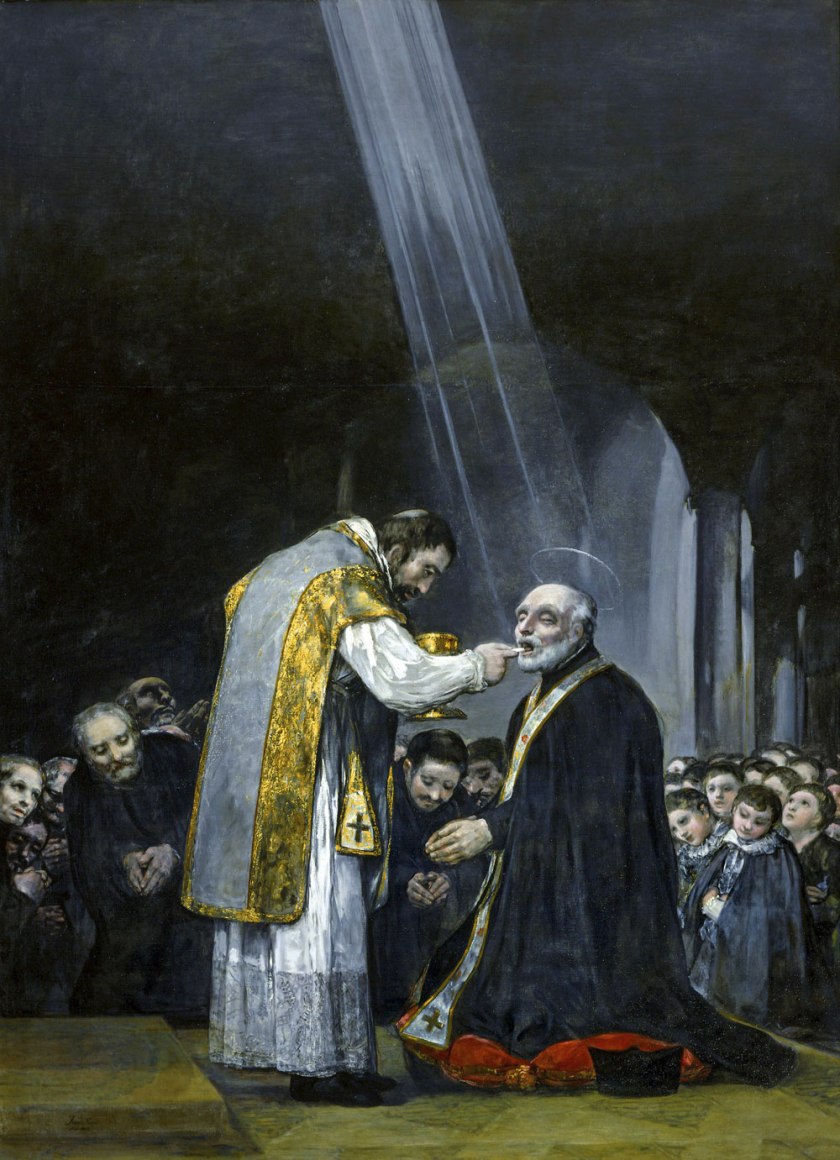
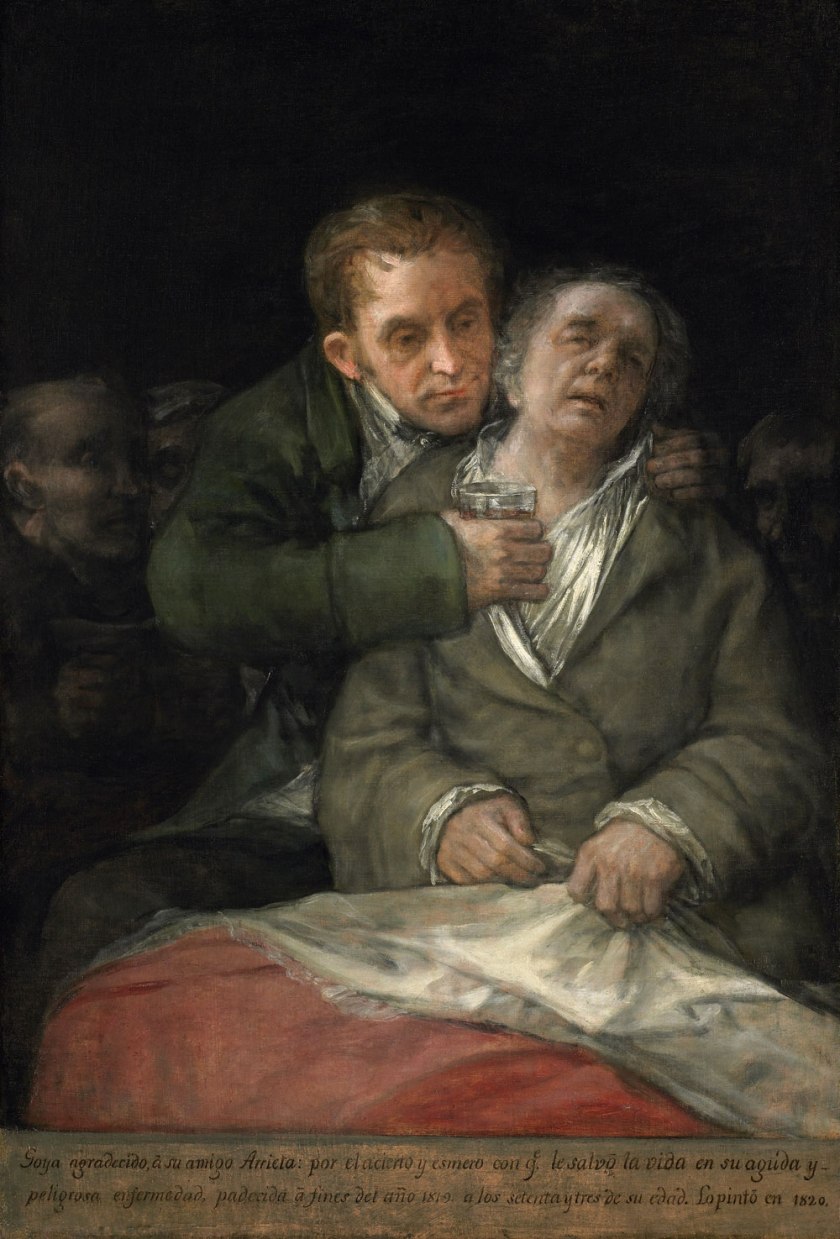
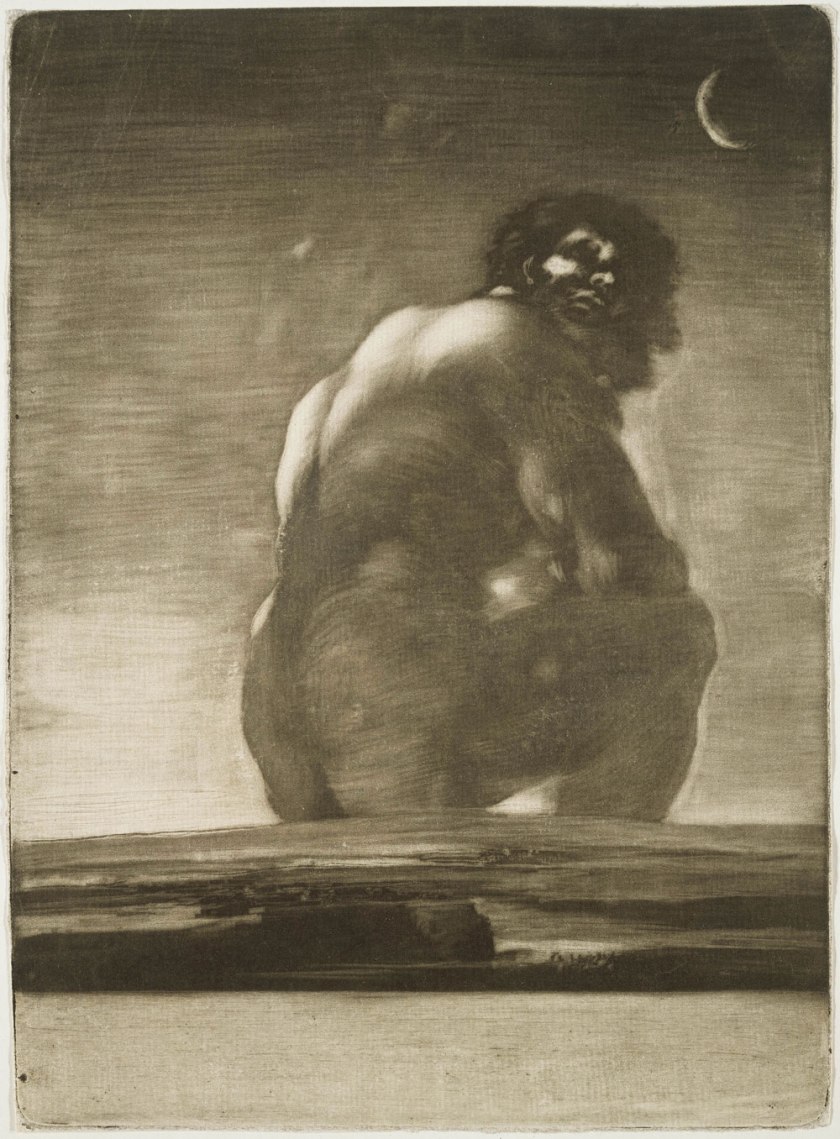

![Francisco Goya (Spanish, 1746–1828) 'Raging Lunatic (Loco furioso), Bordeaux Album I, G, 3[4?]' 1824–28](https://artblart.files.wordpress.com/2015/01/11-raging-lunatic-web.jpg?w=840)
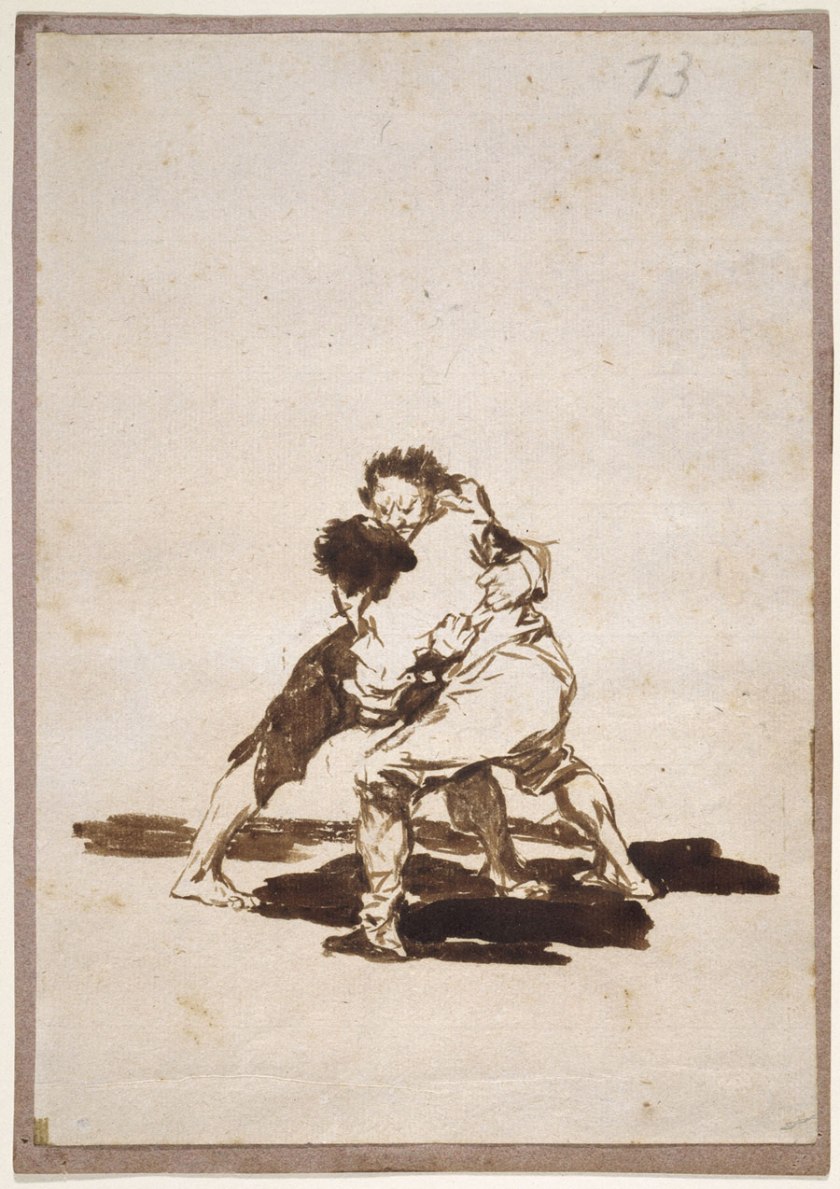
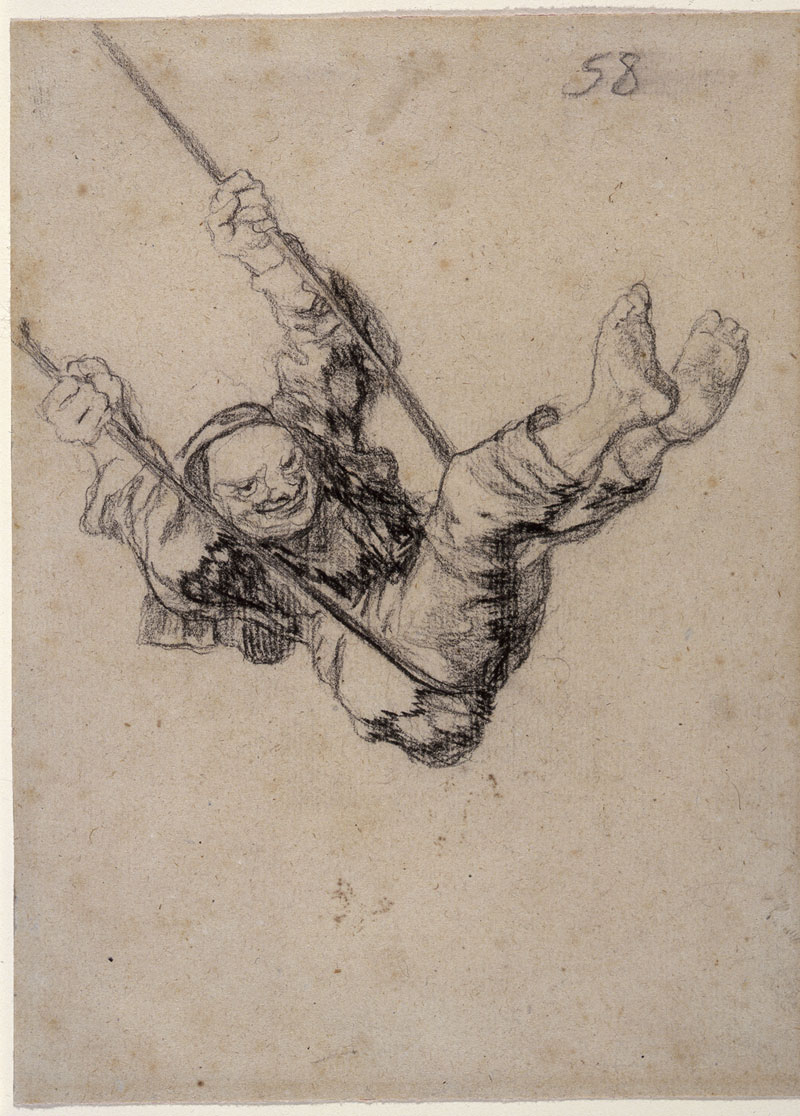


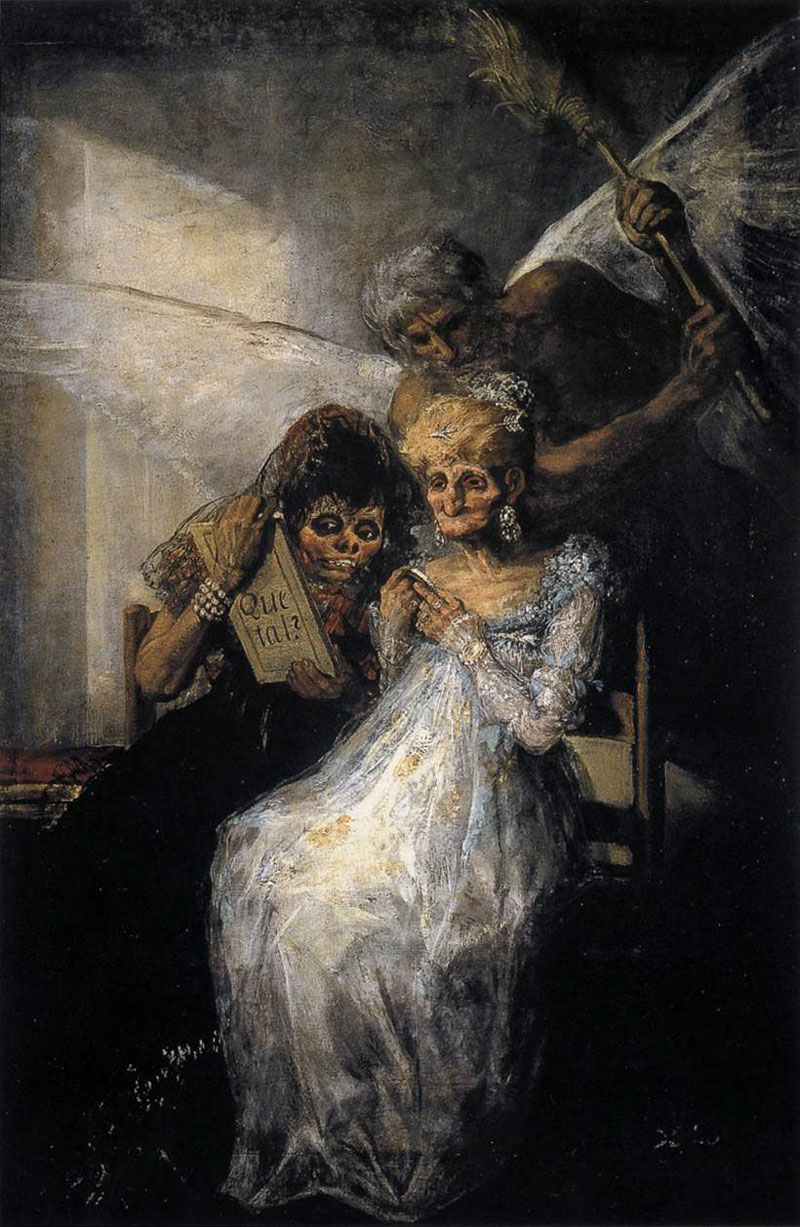


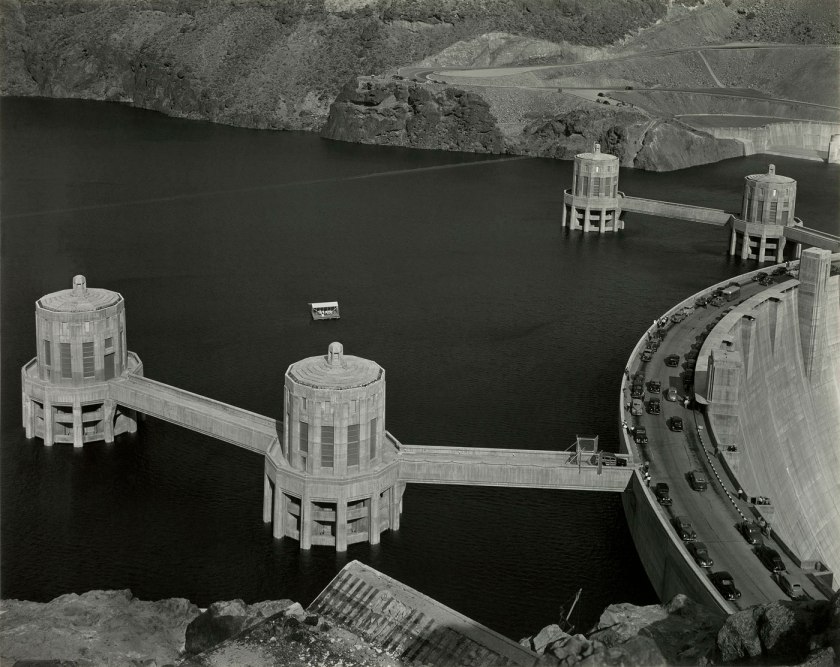
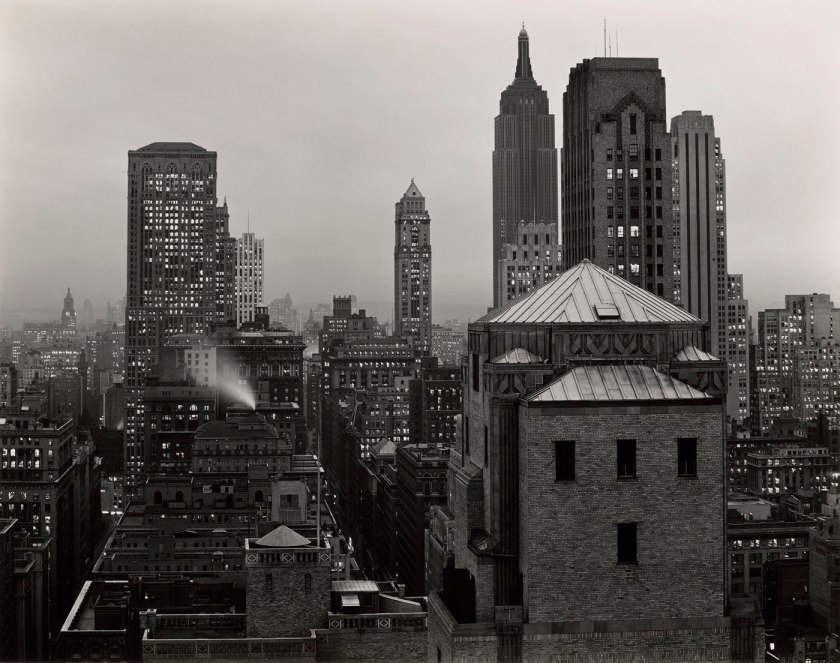
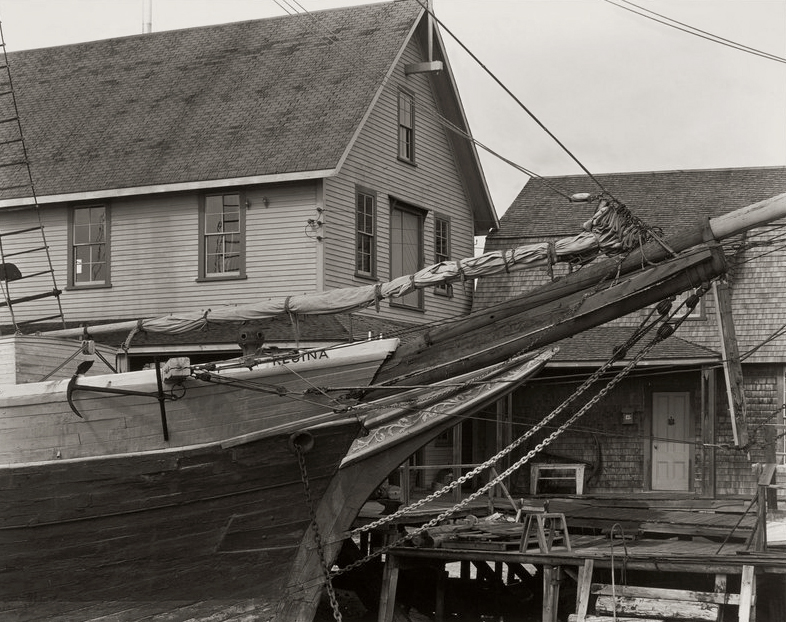
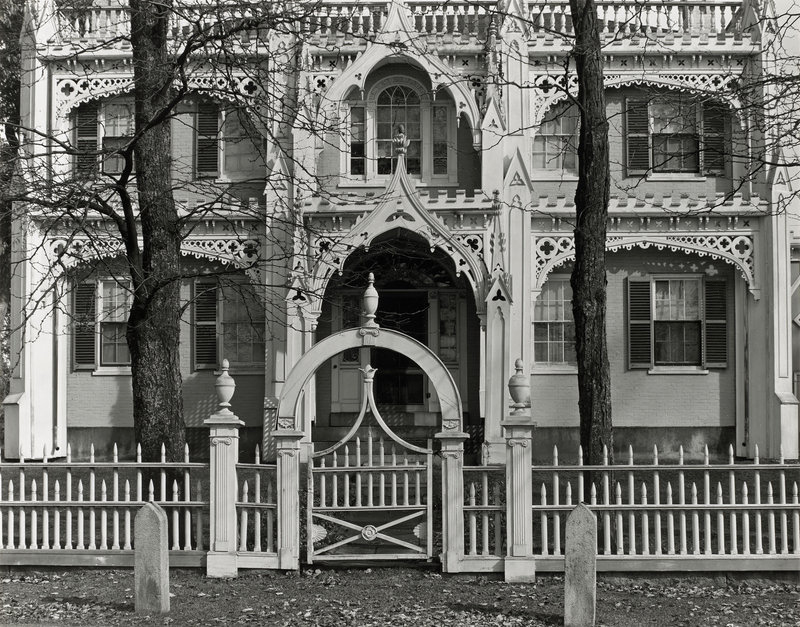
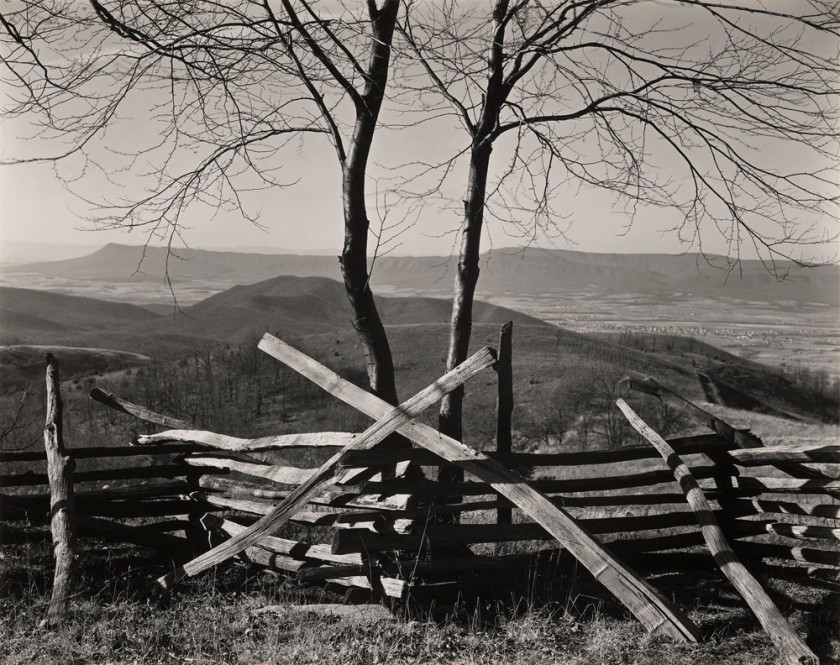
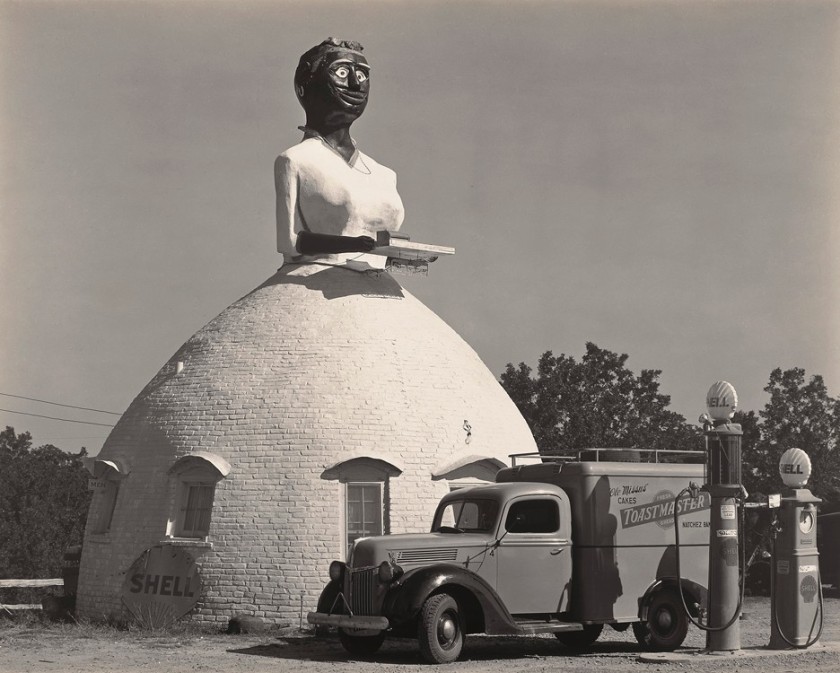
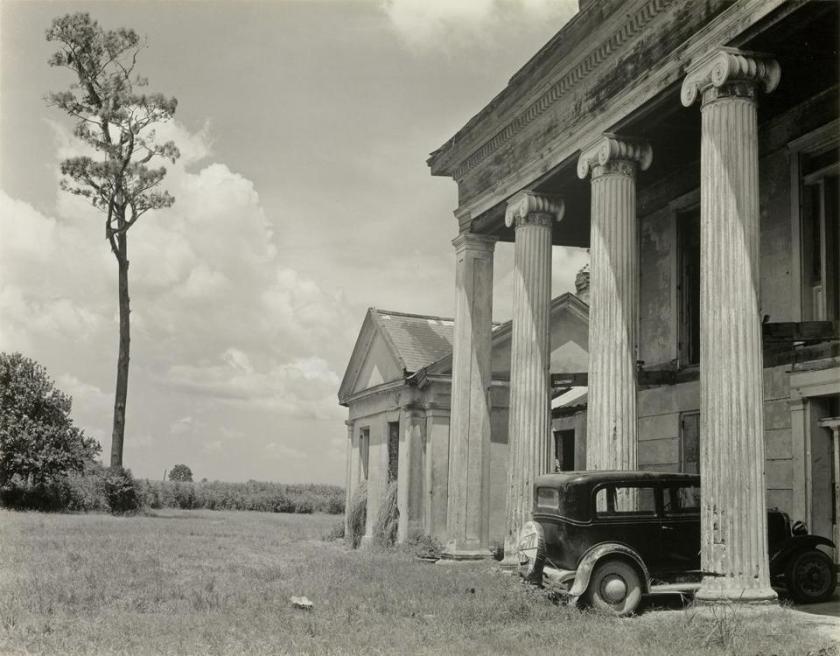
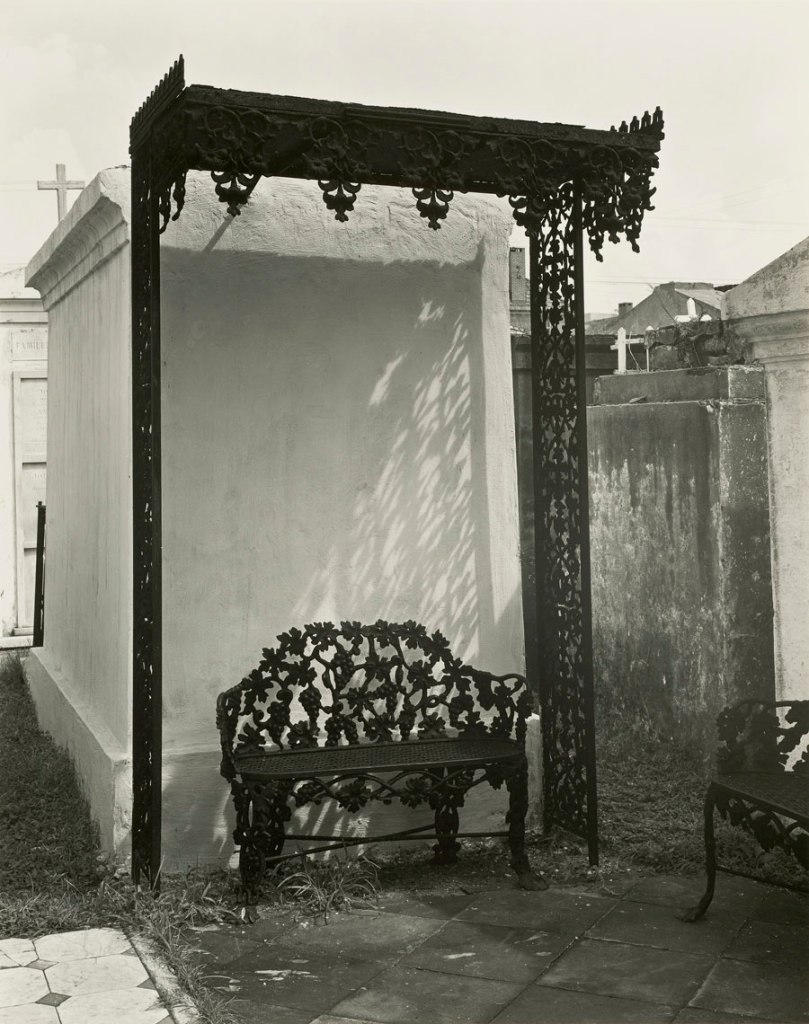

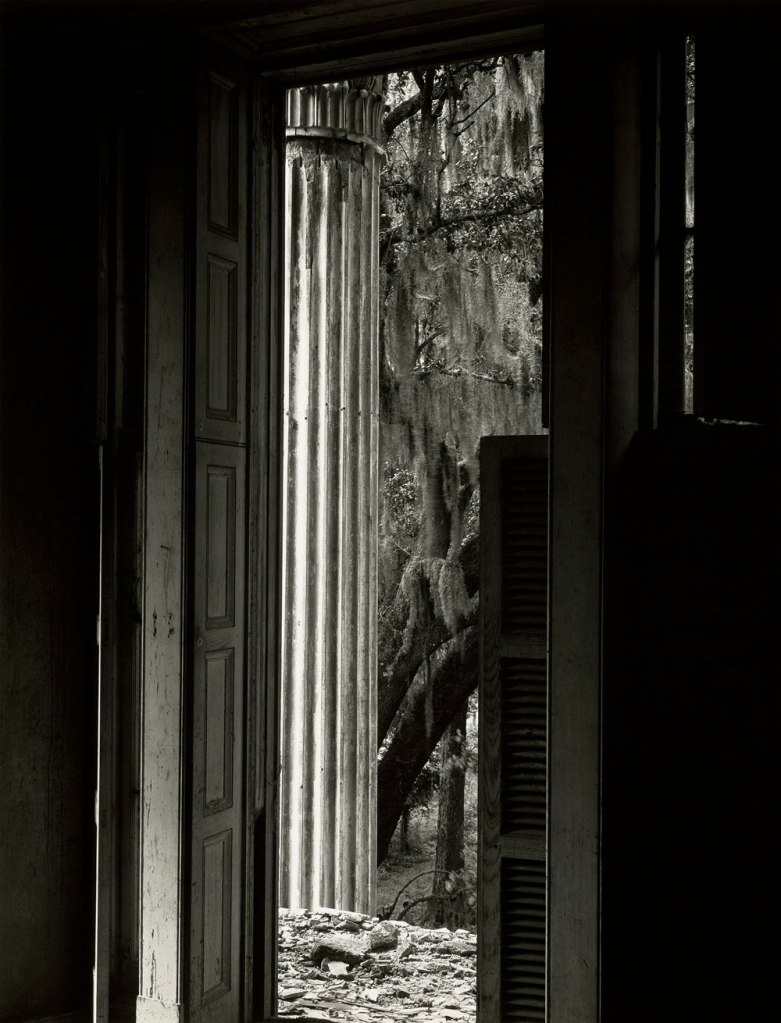
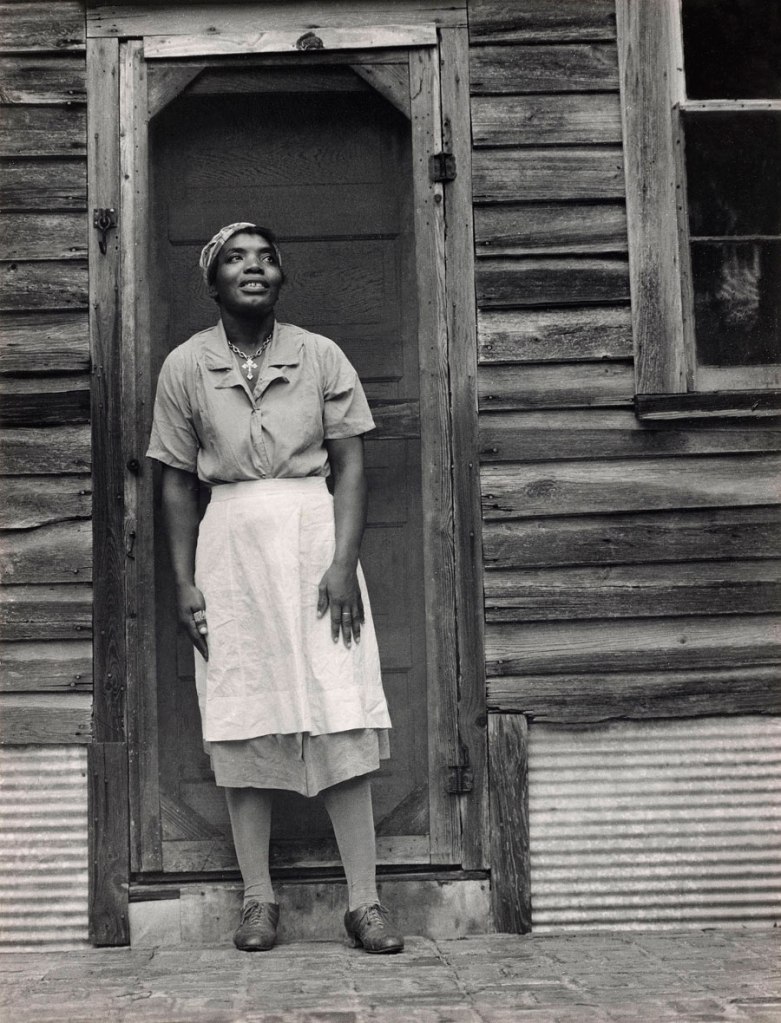
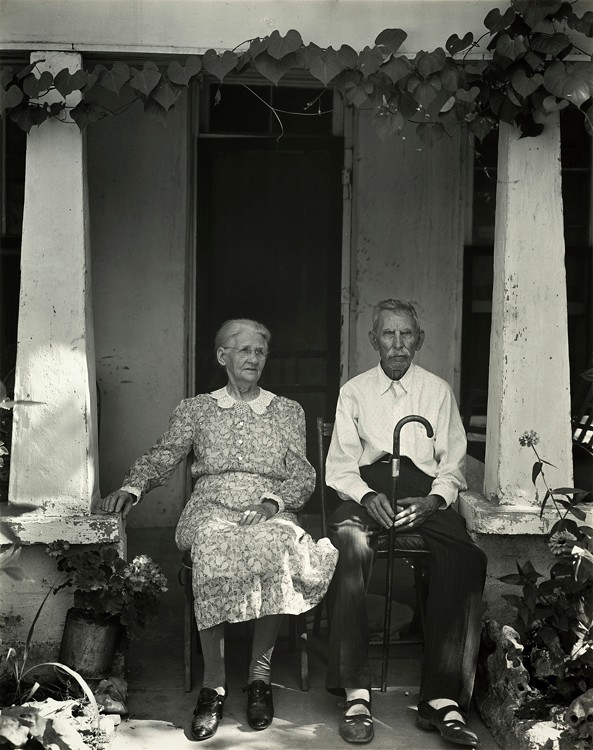

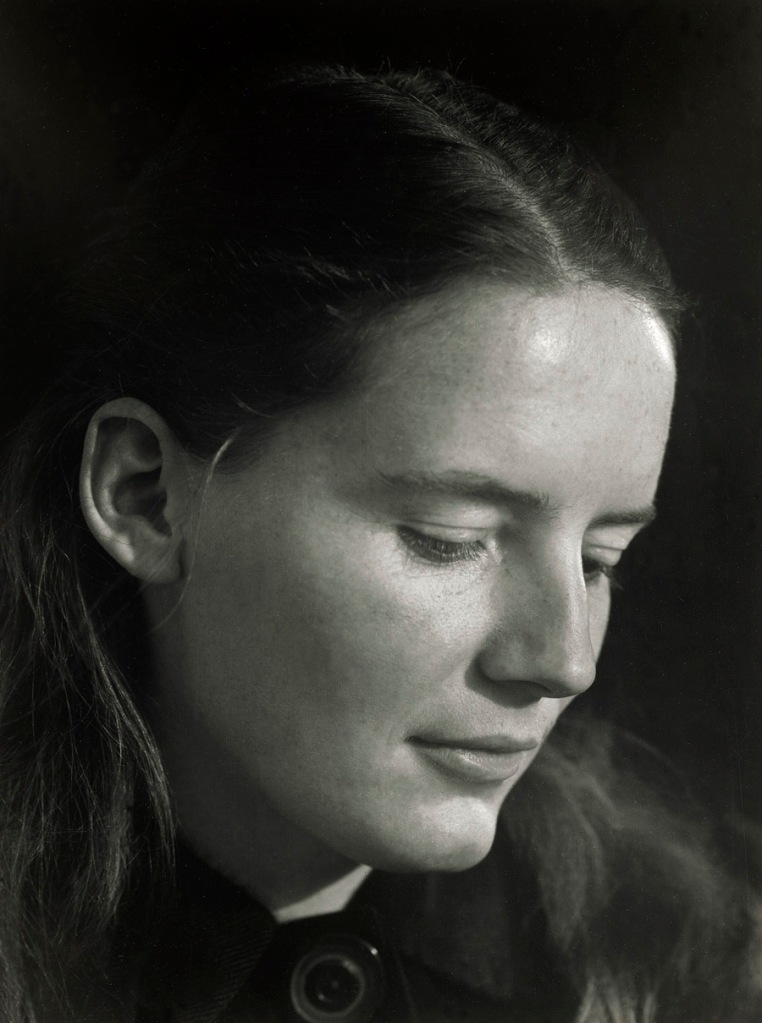
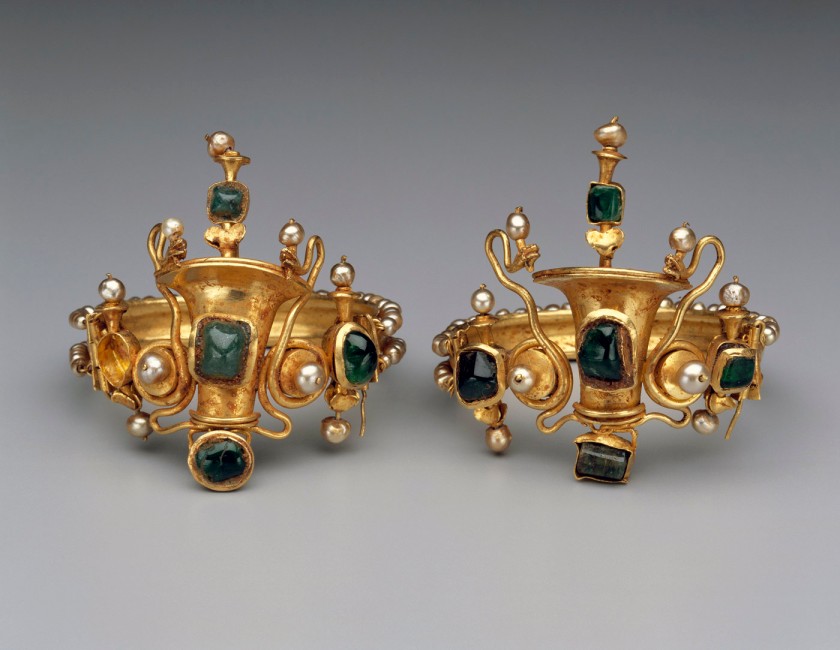

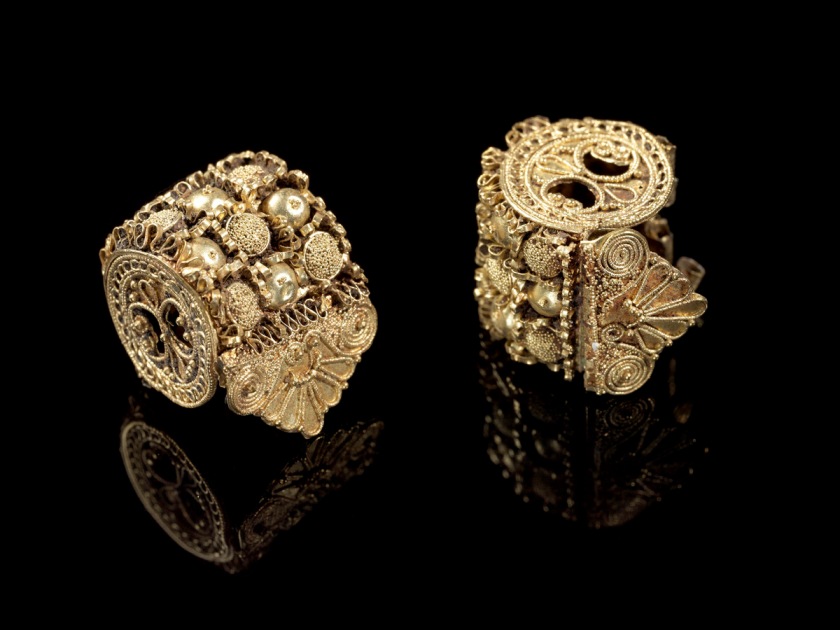

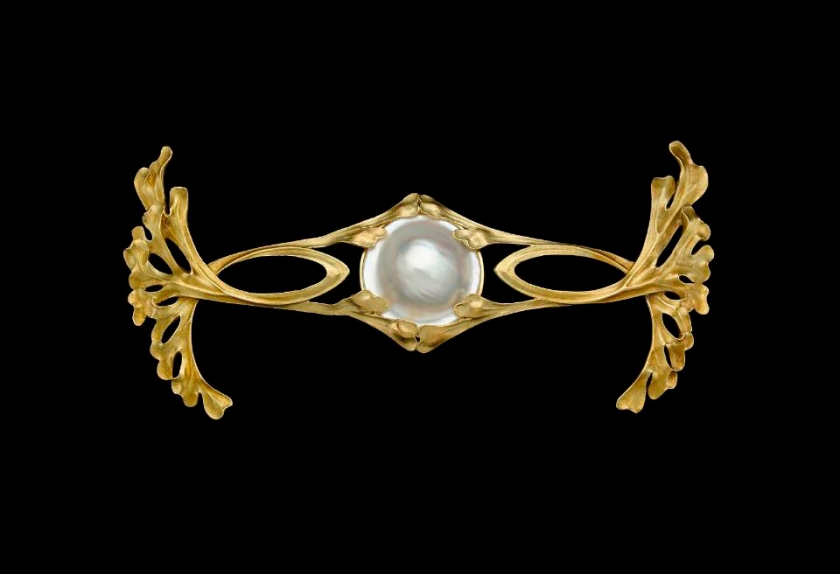
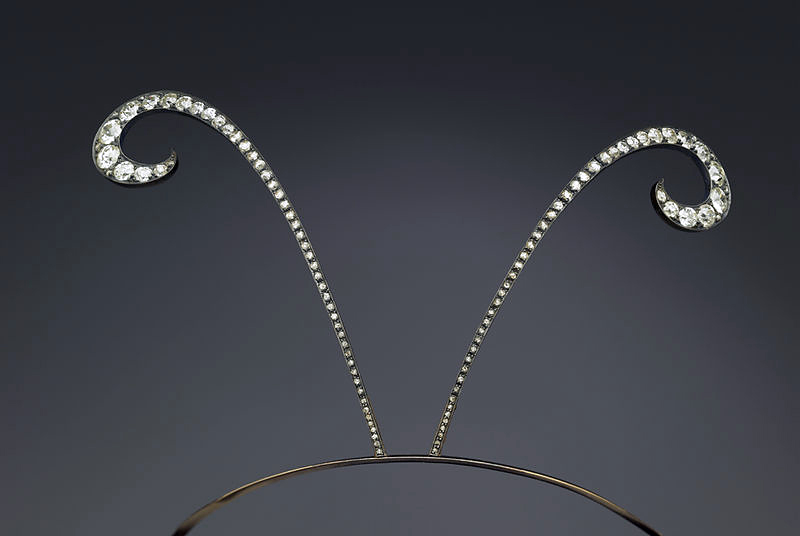






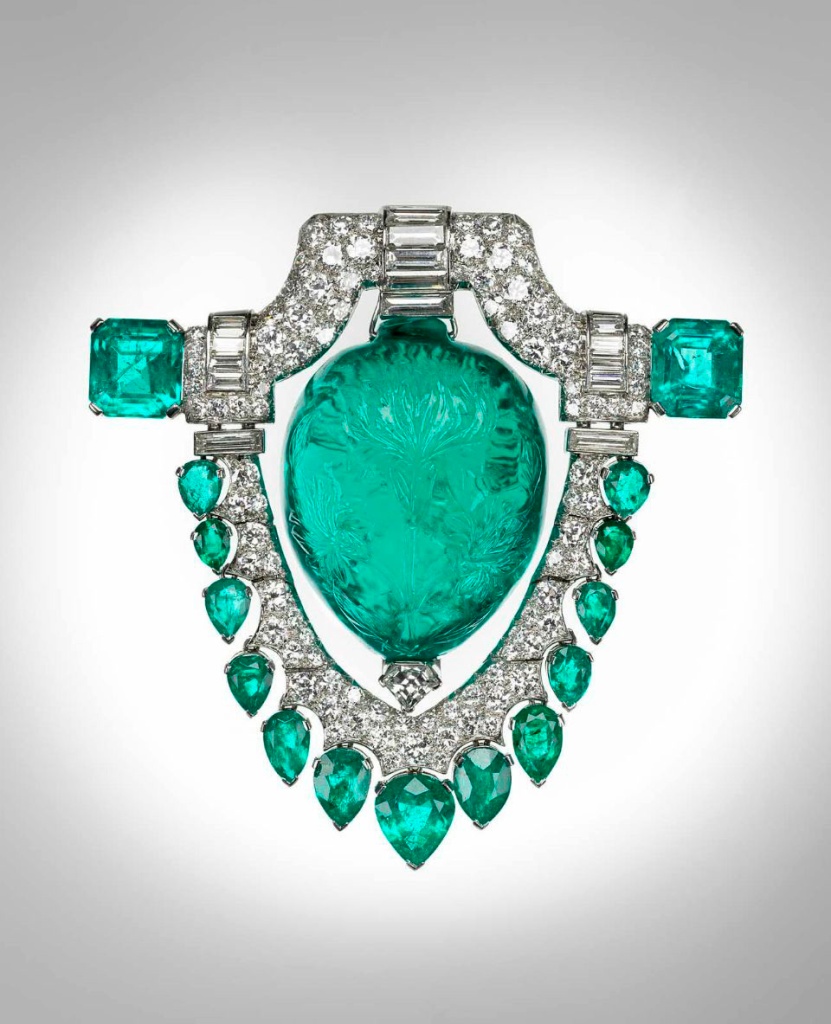

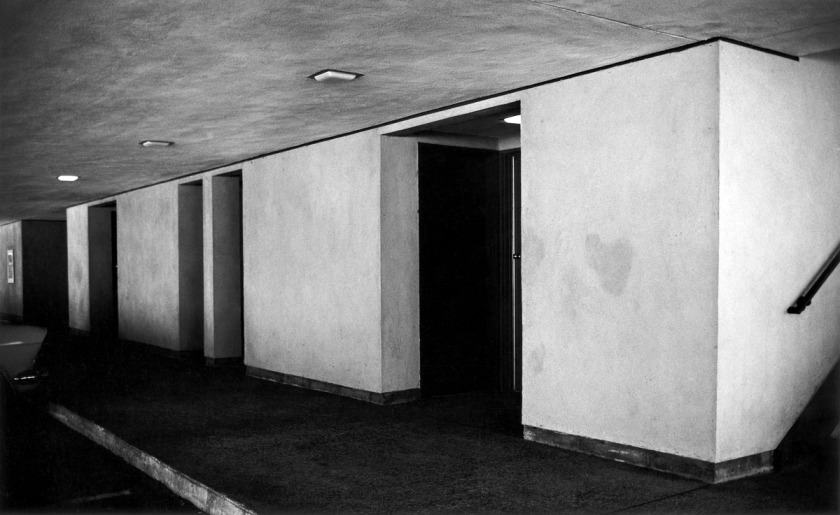
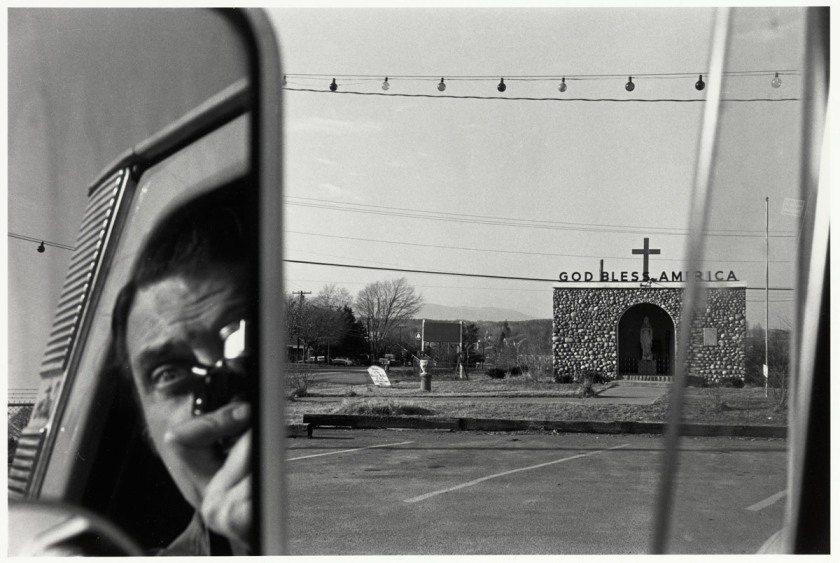

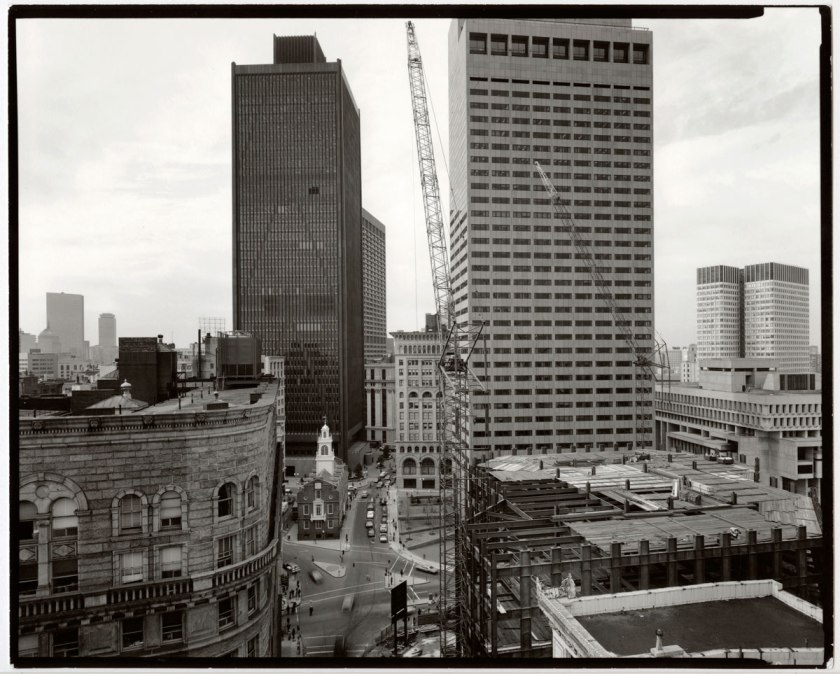
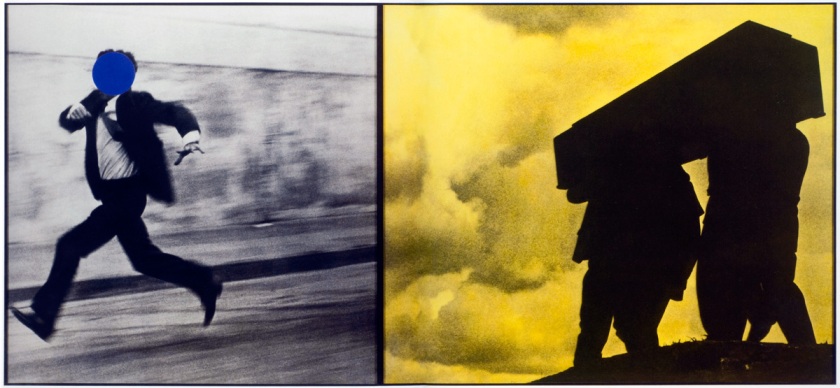
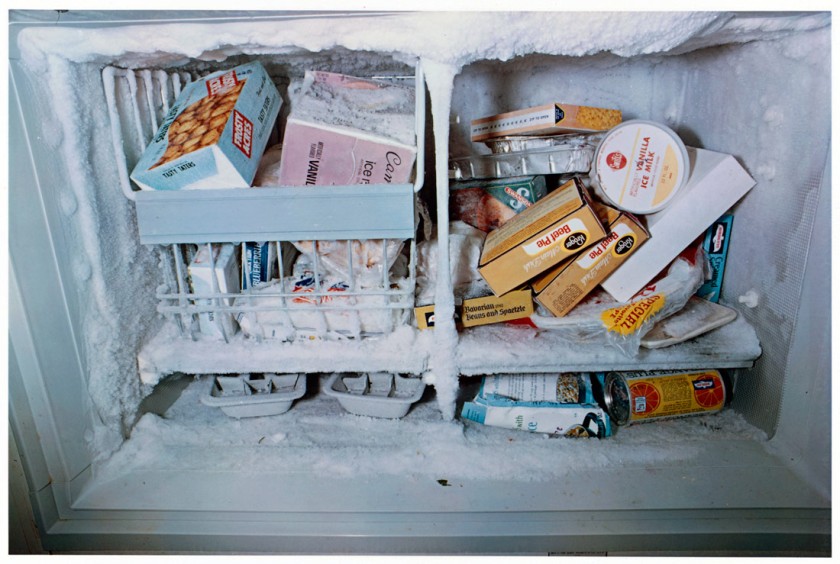
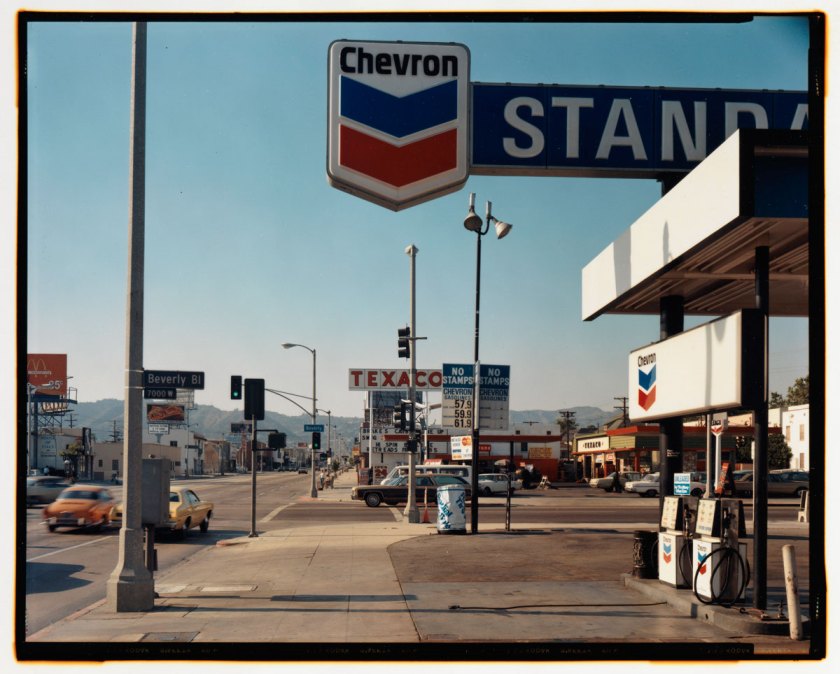
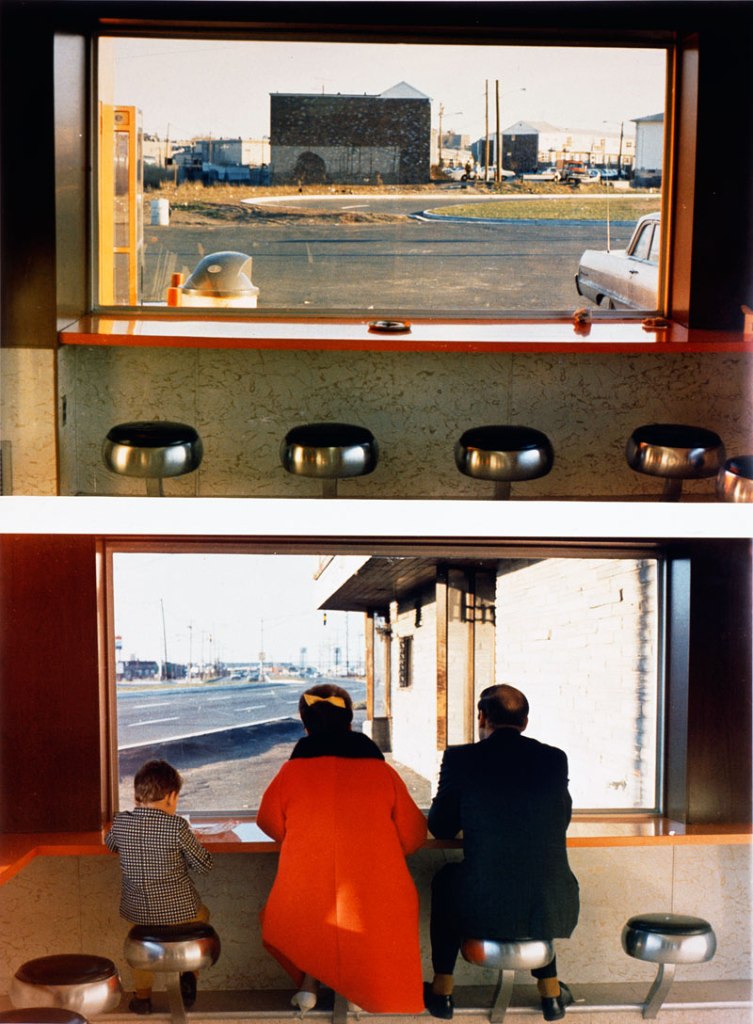
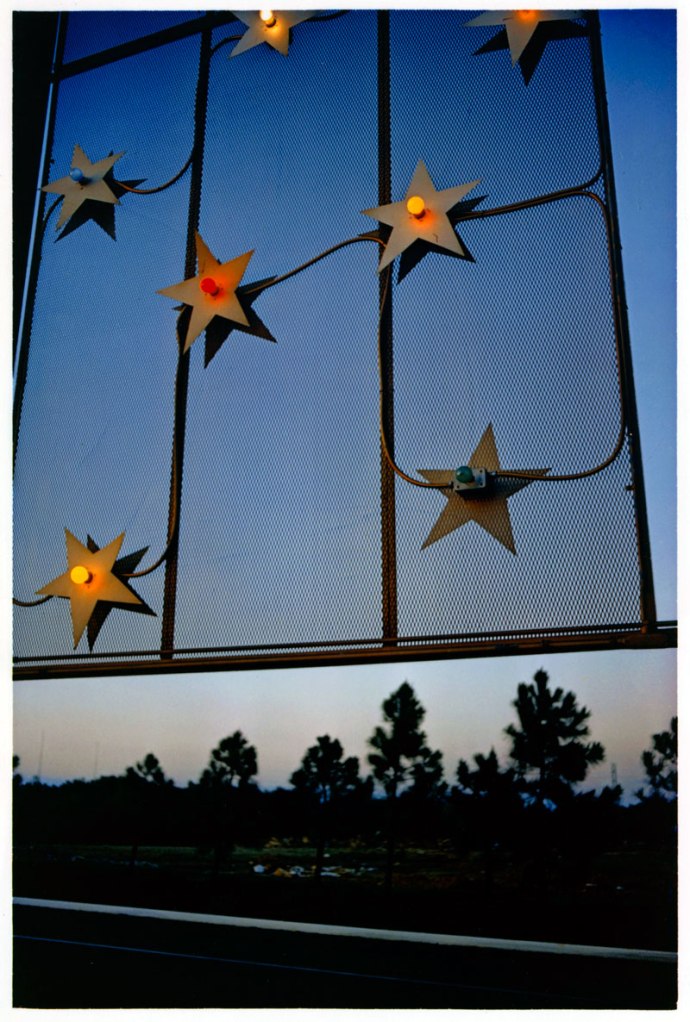
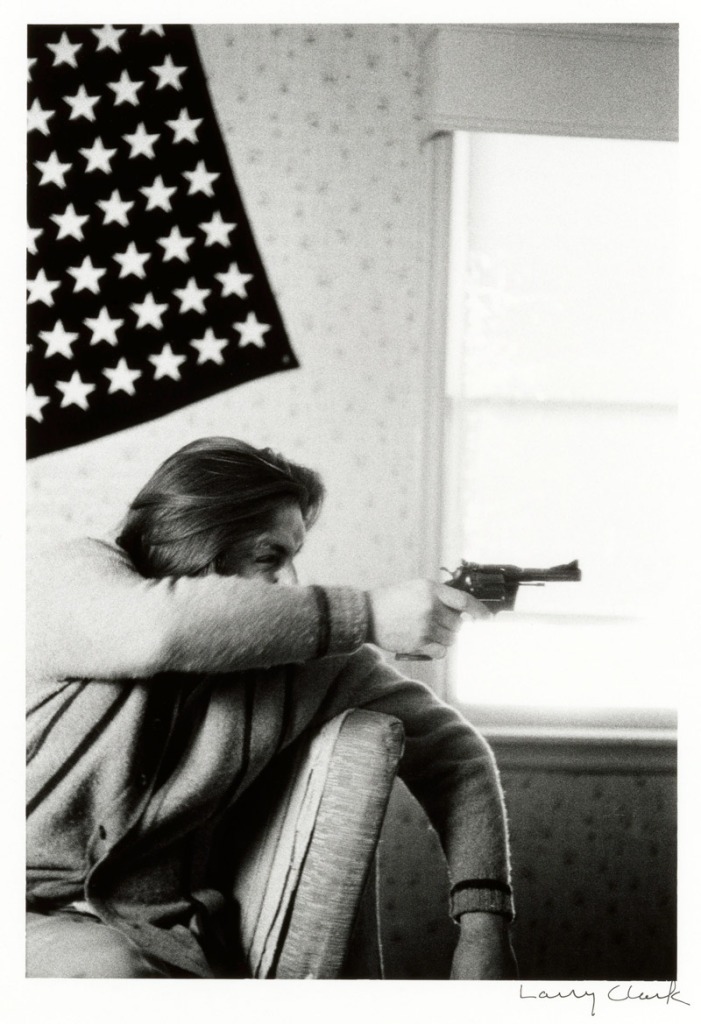
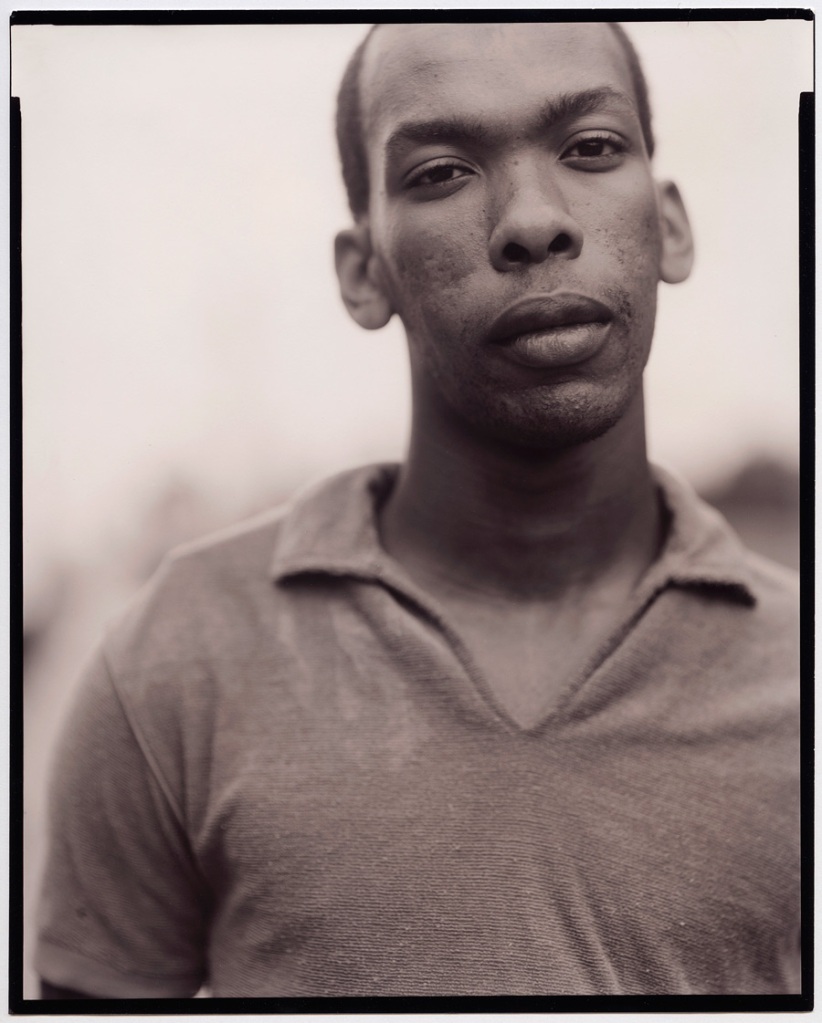


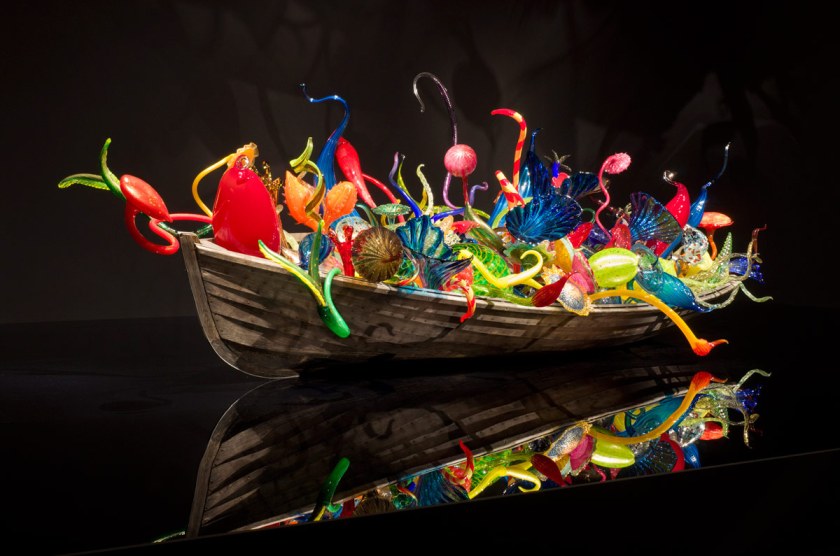

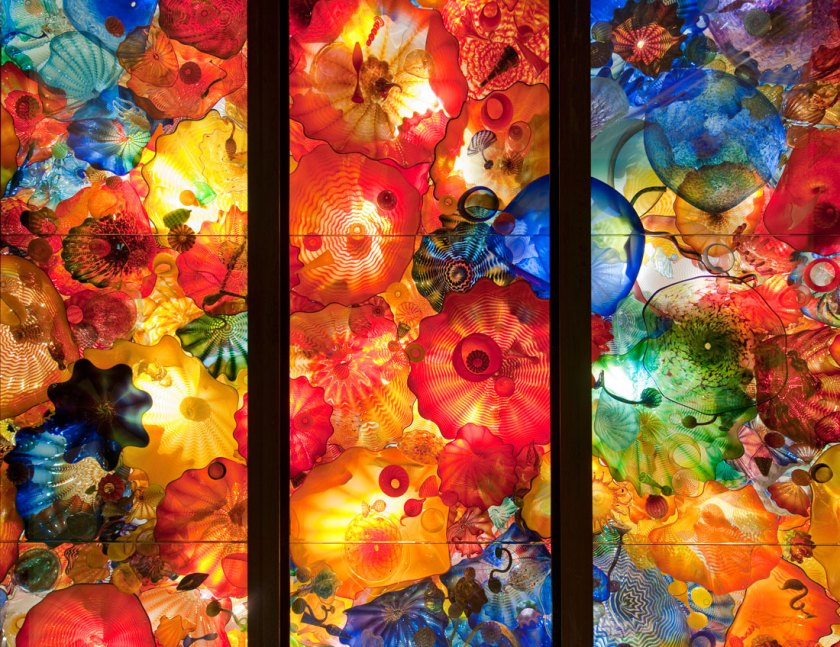

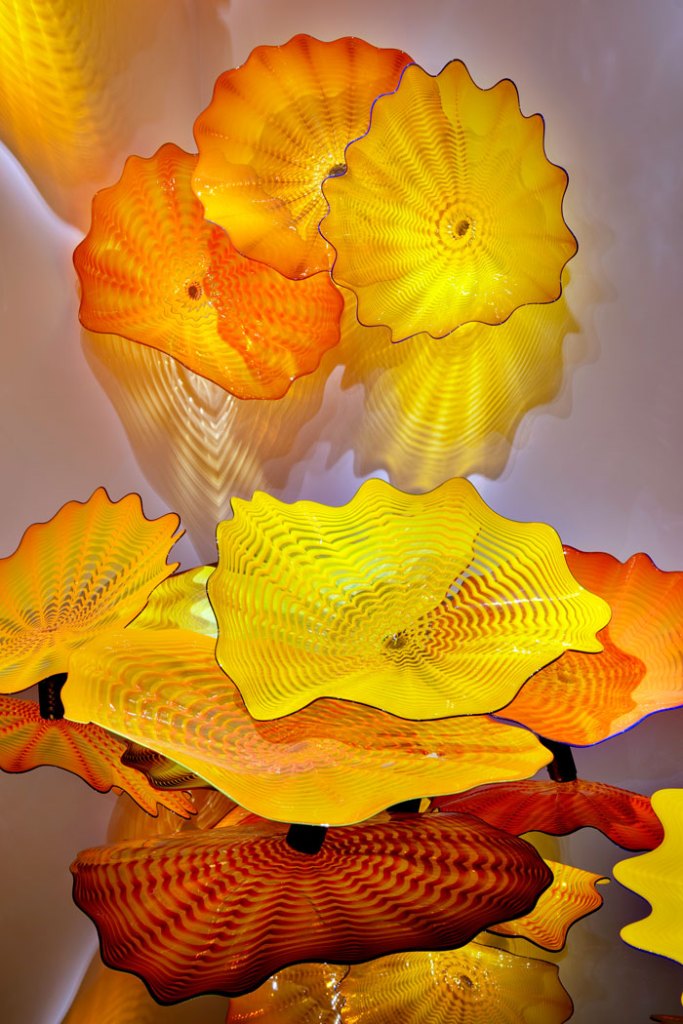

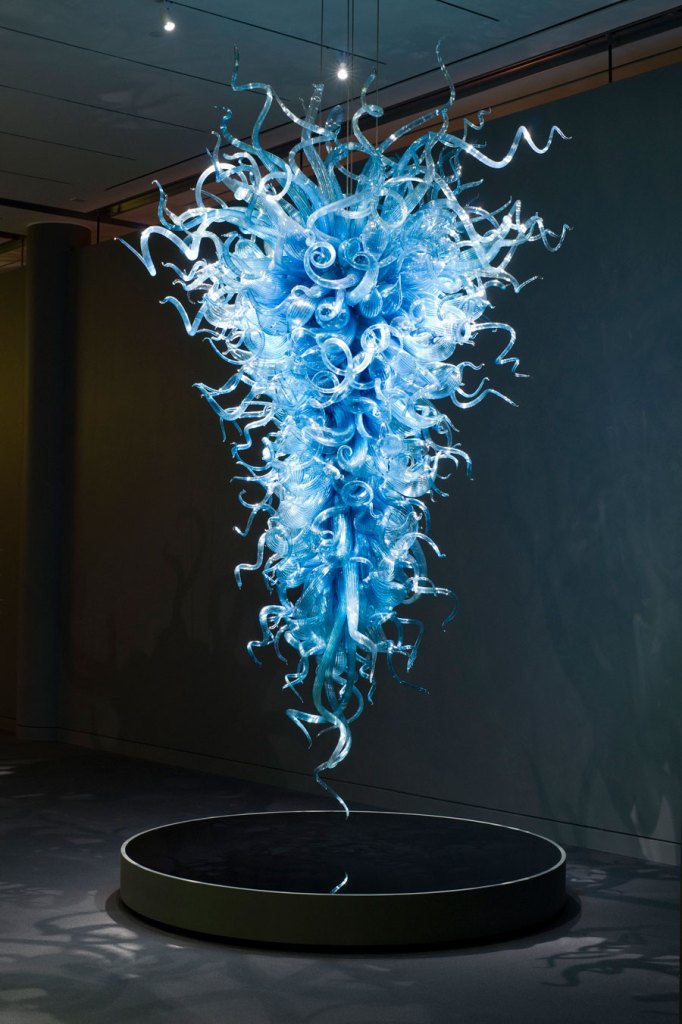
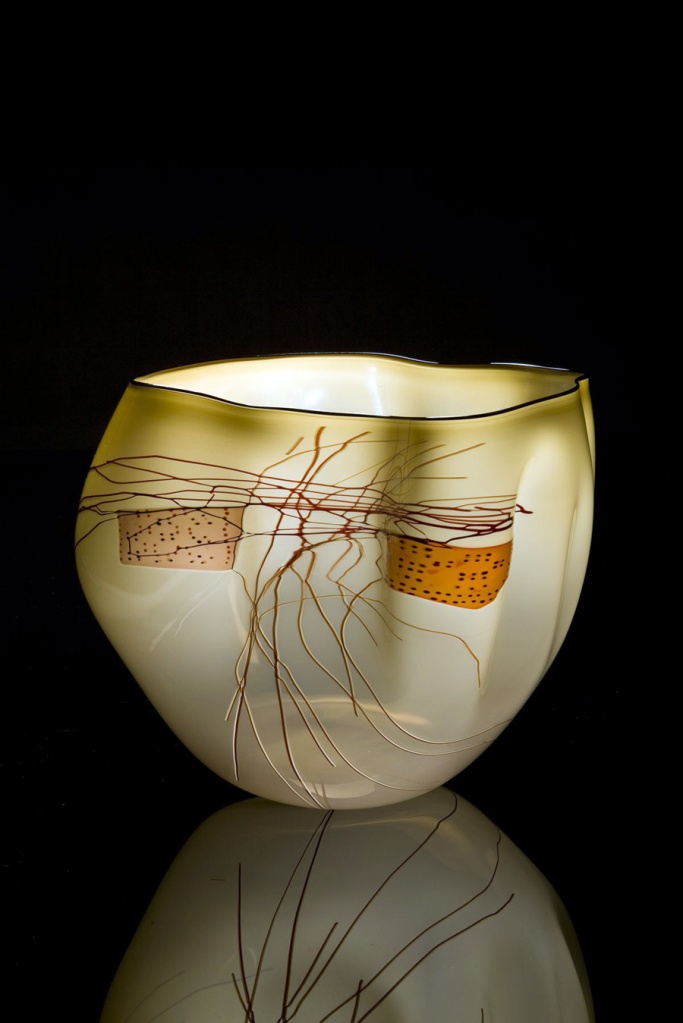
You must be logged in to post a comment.